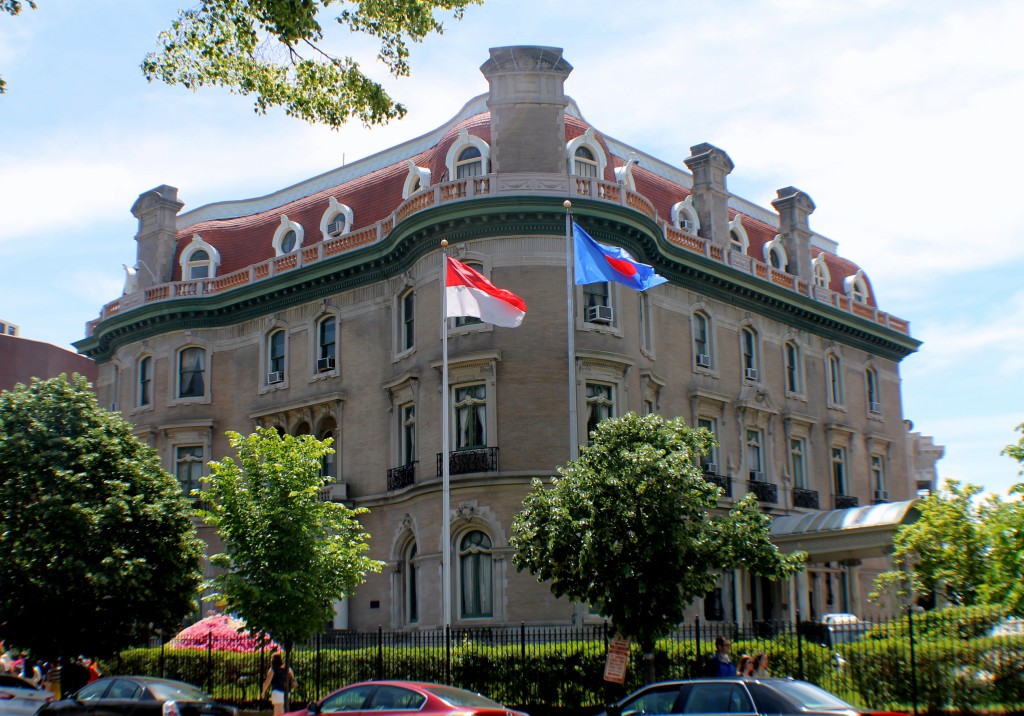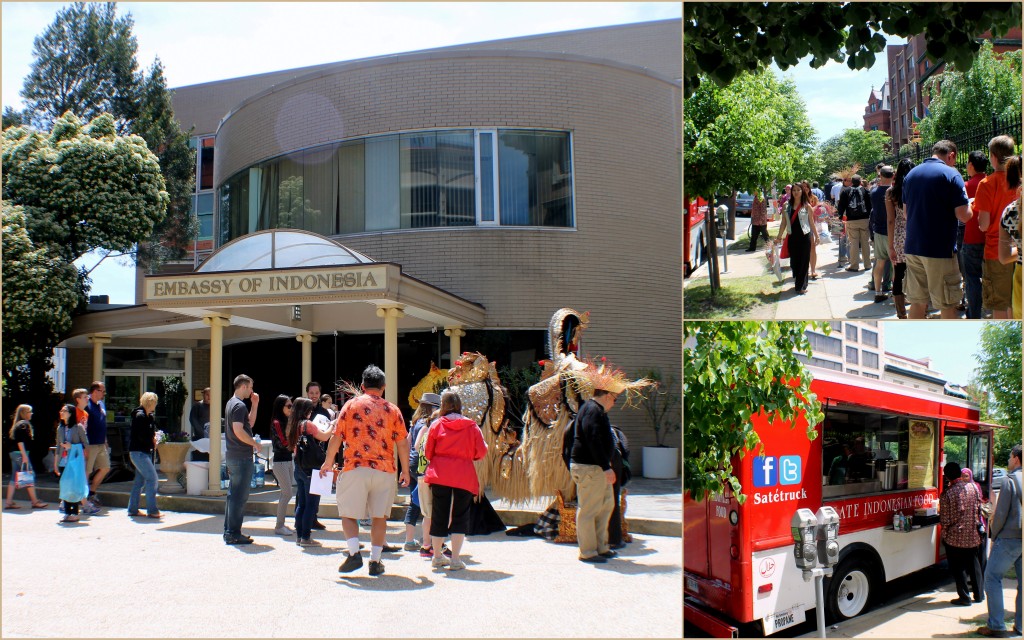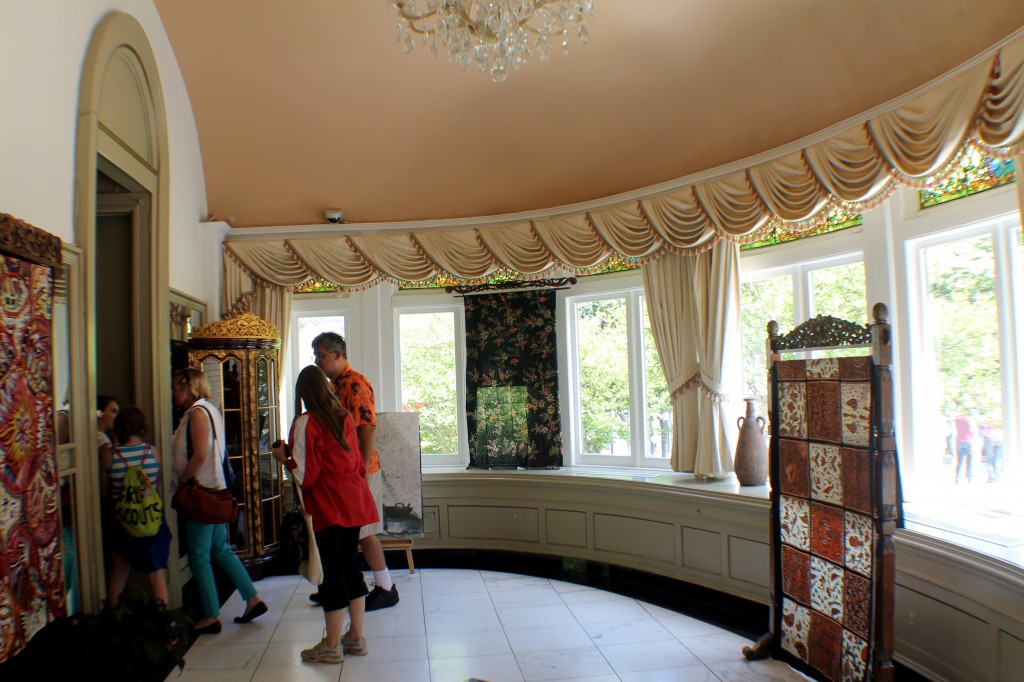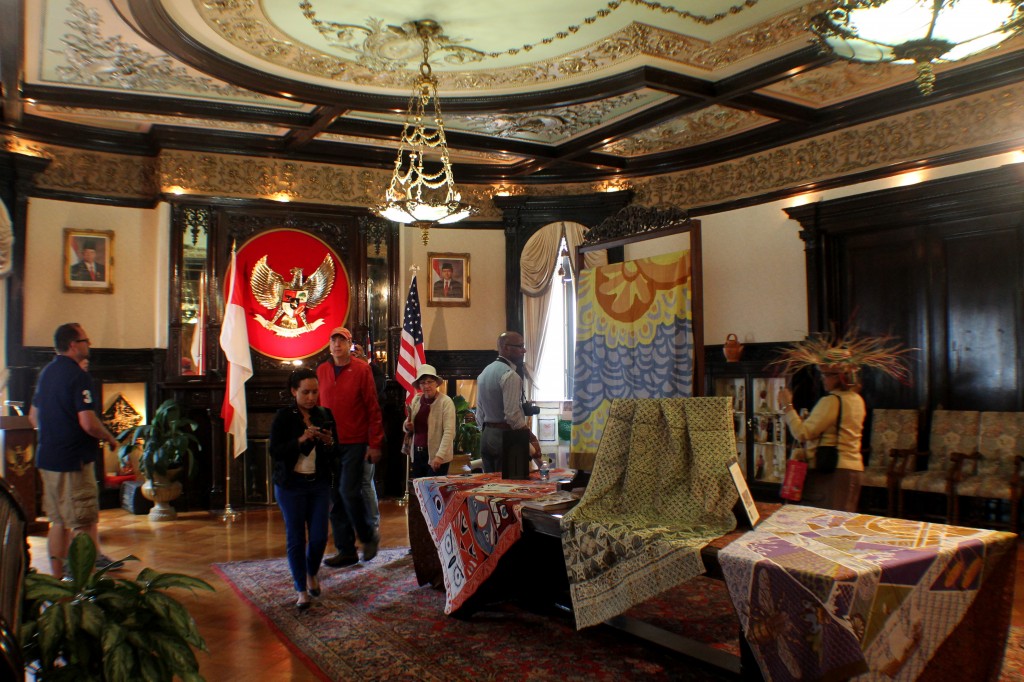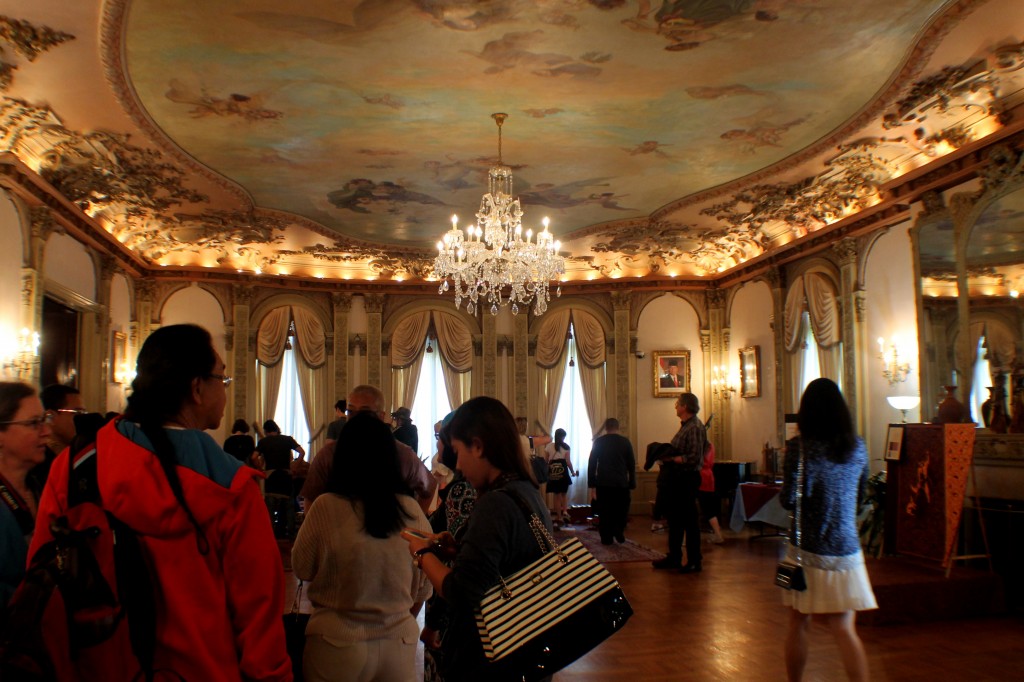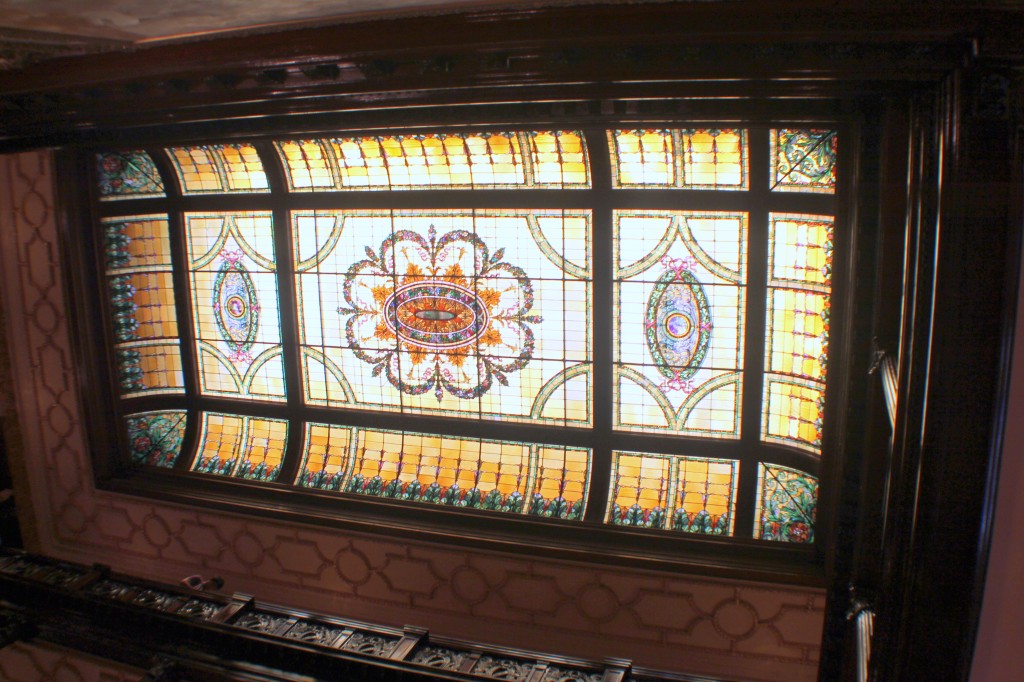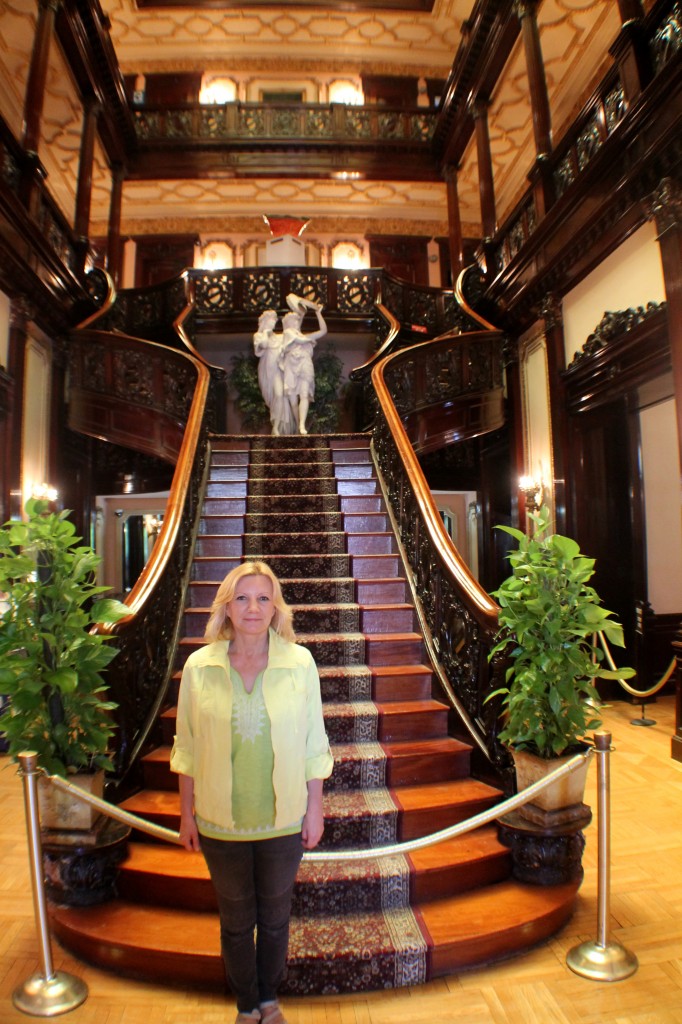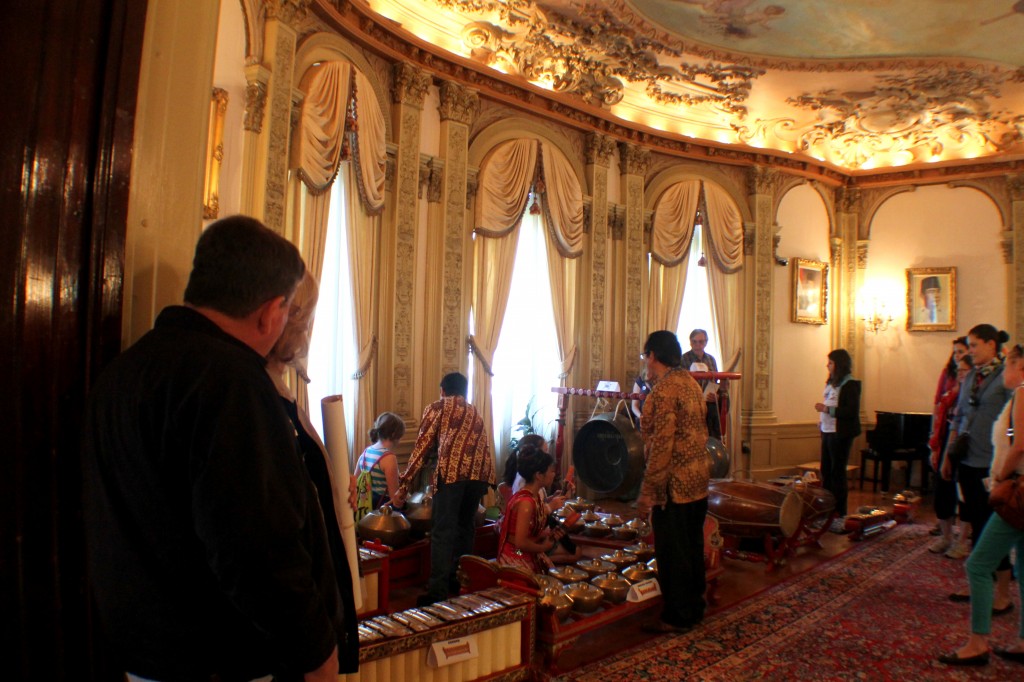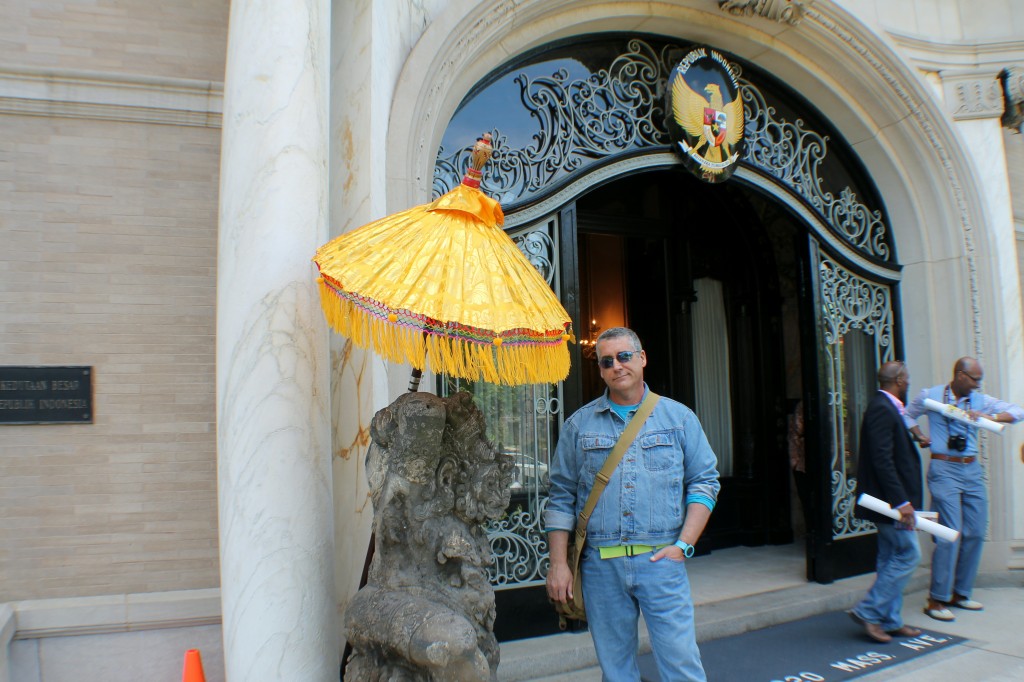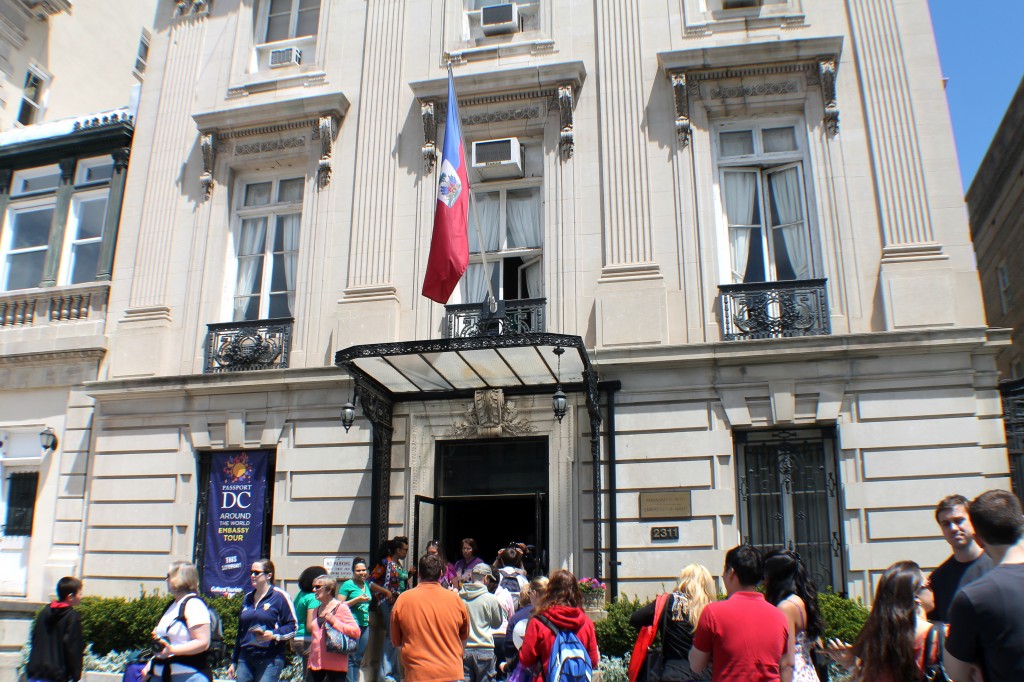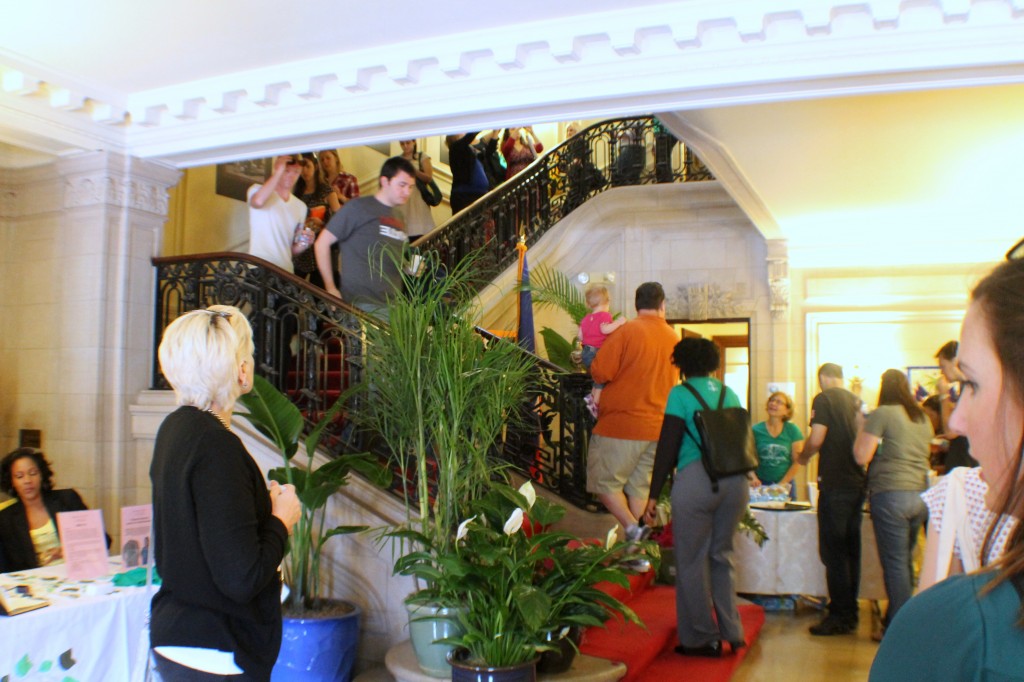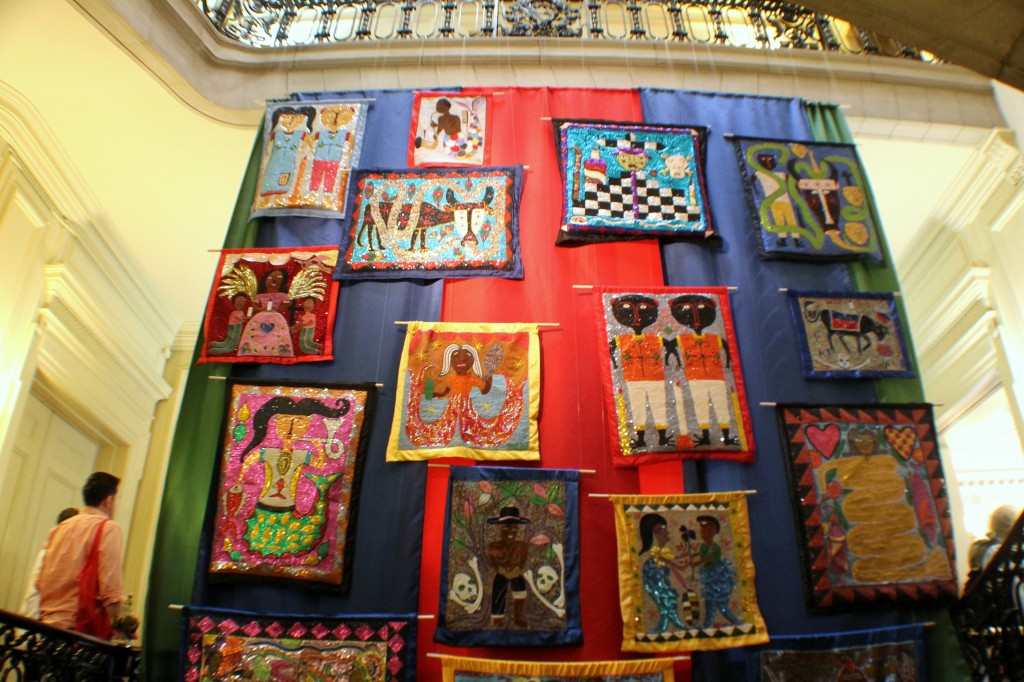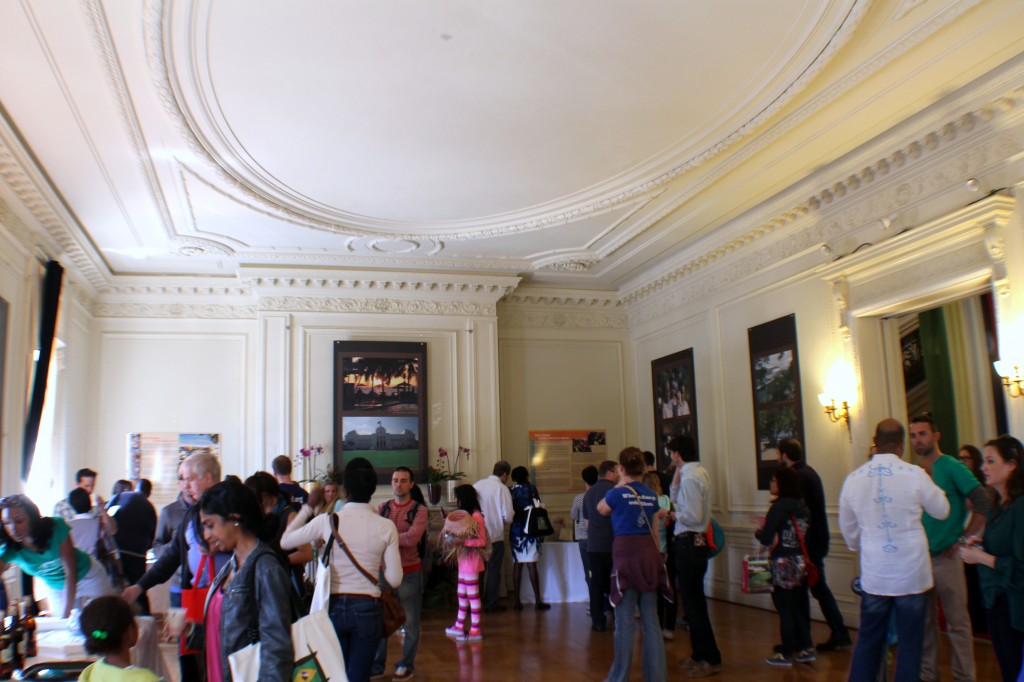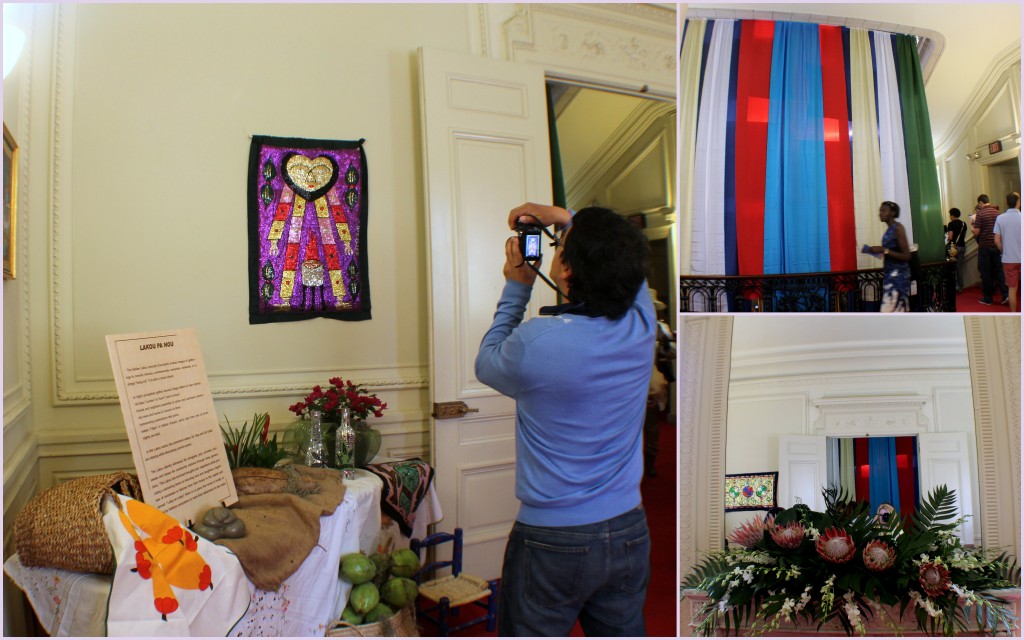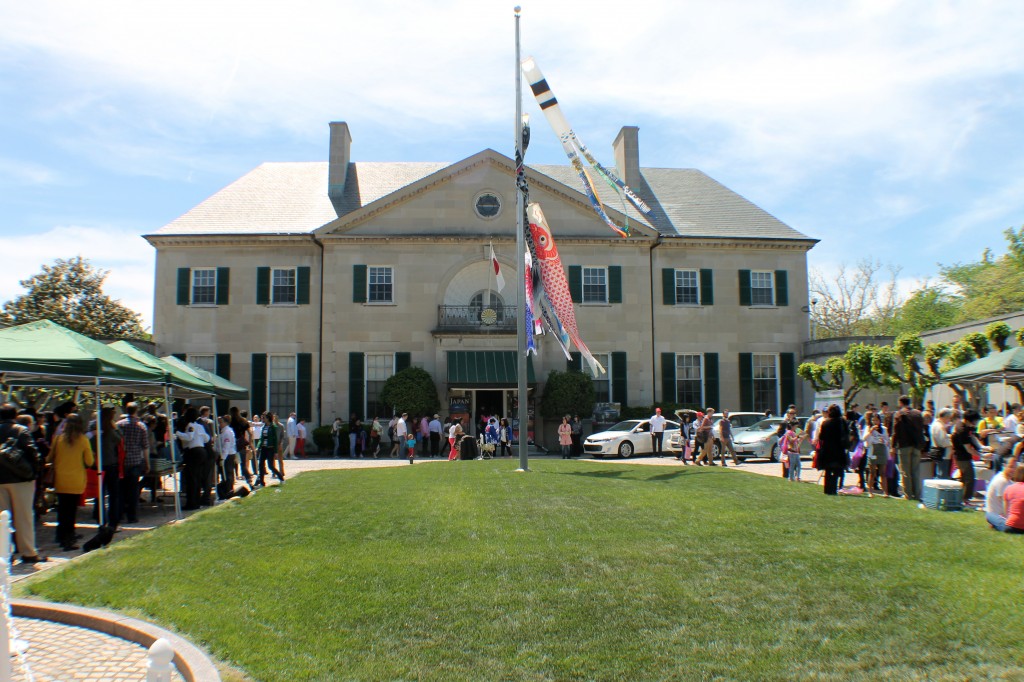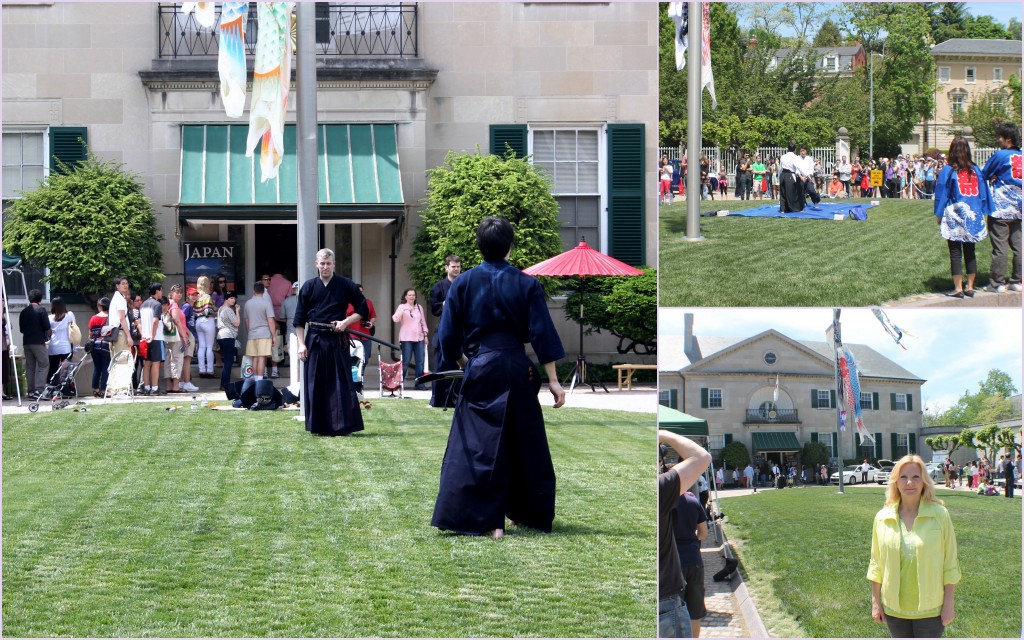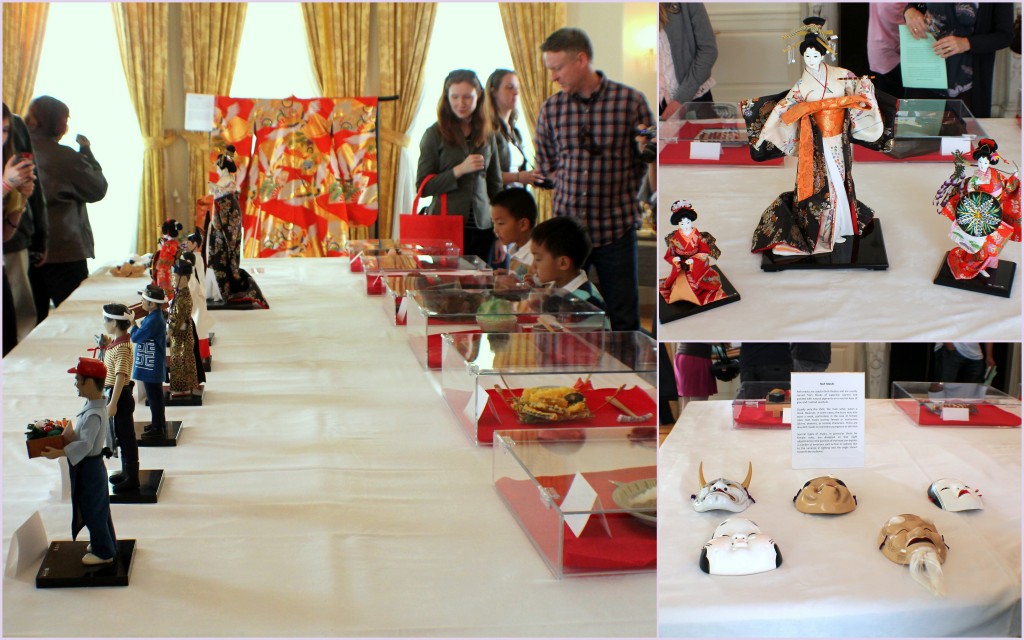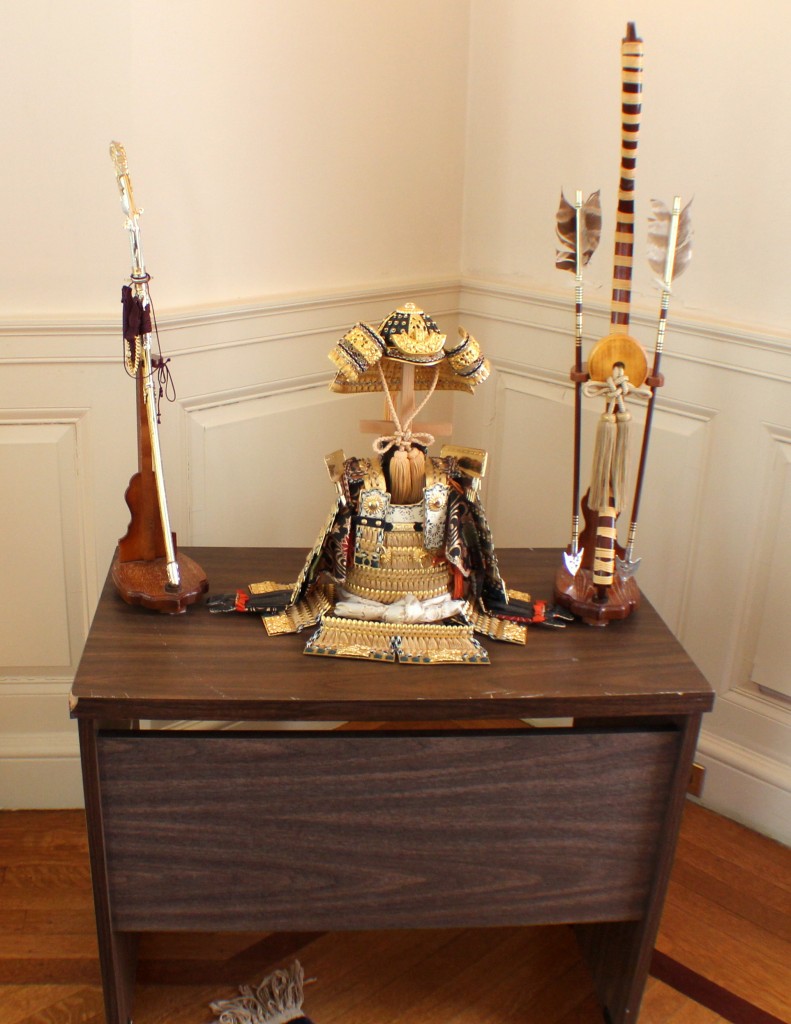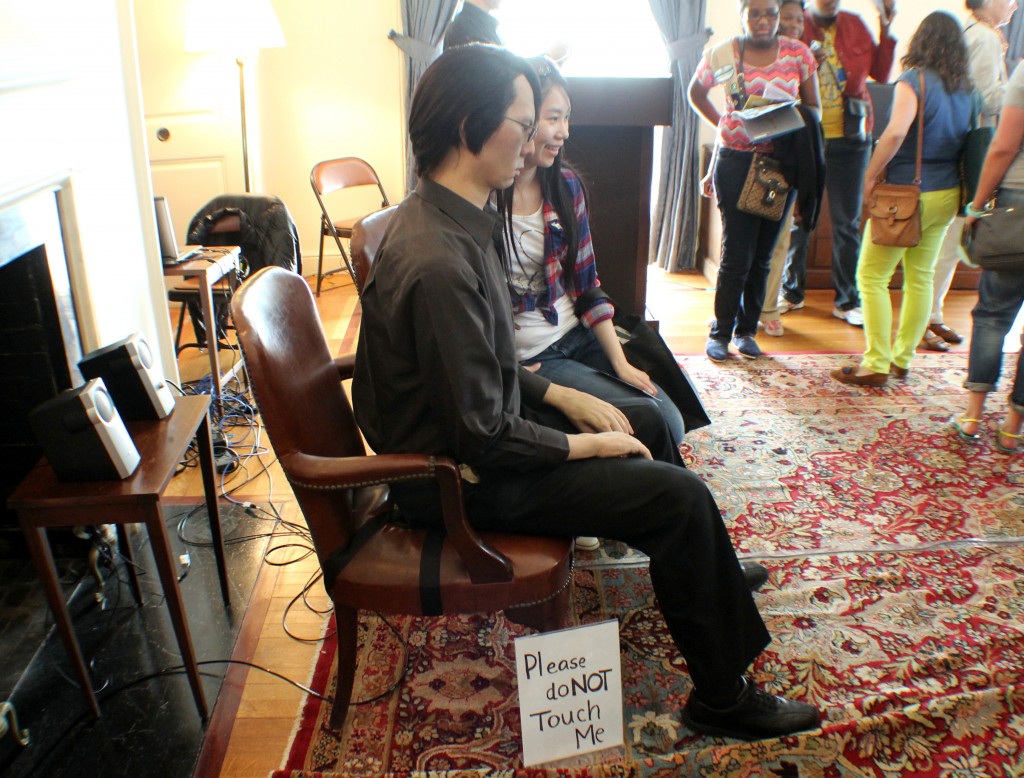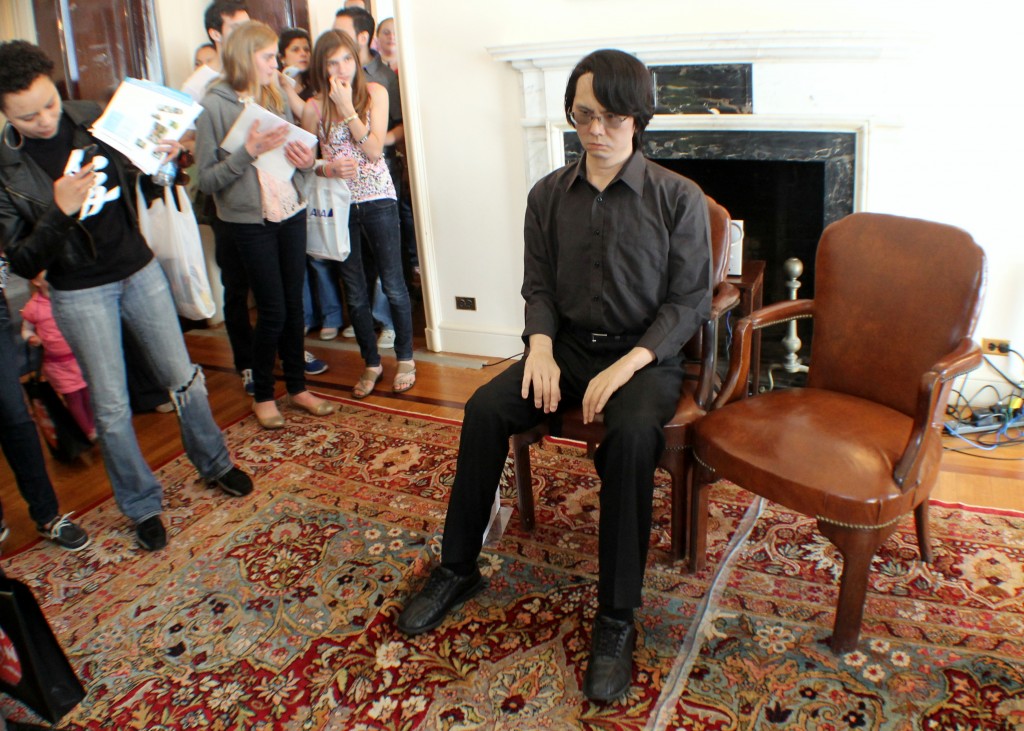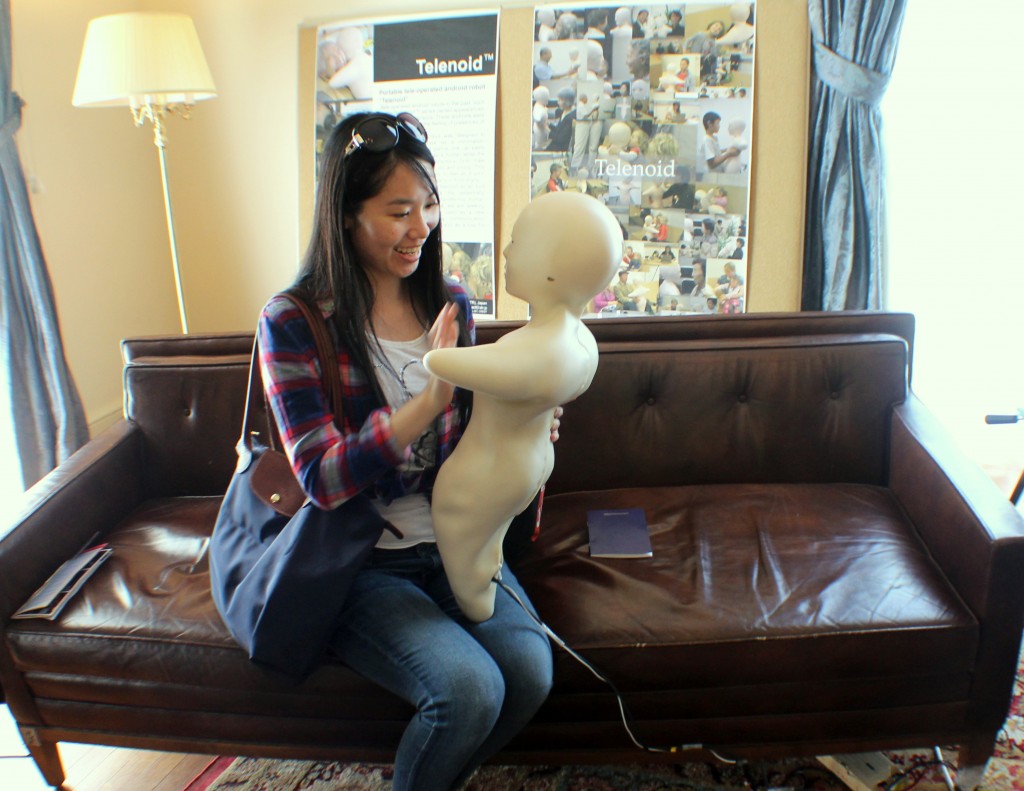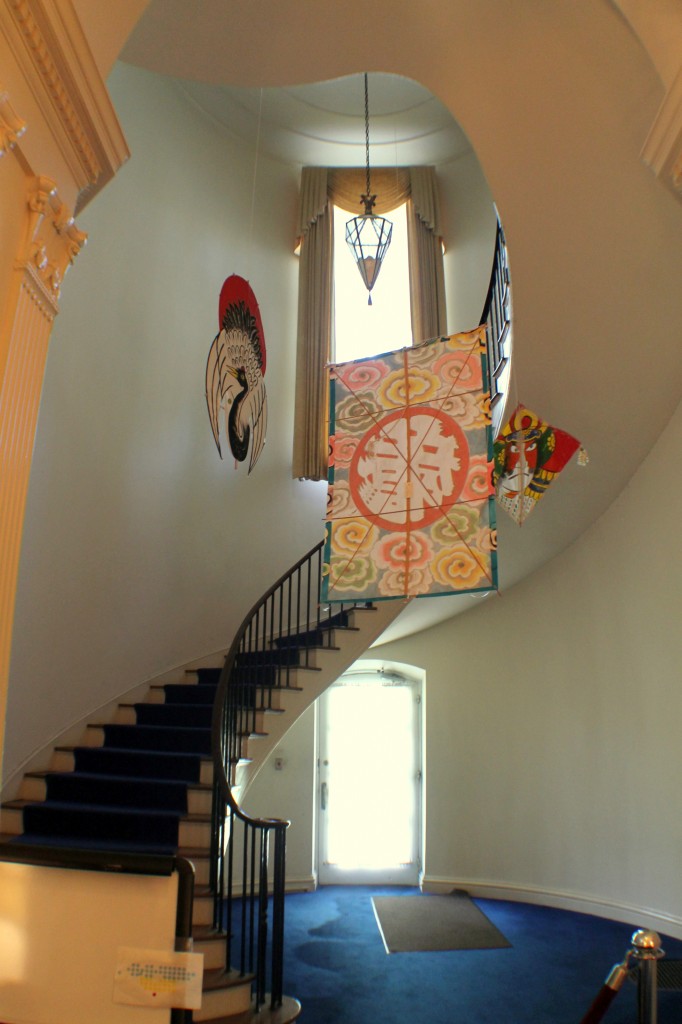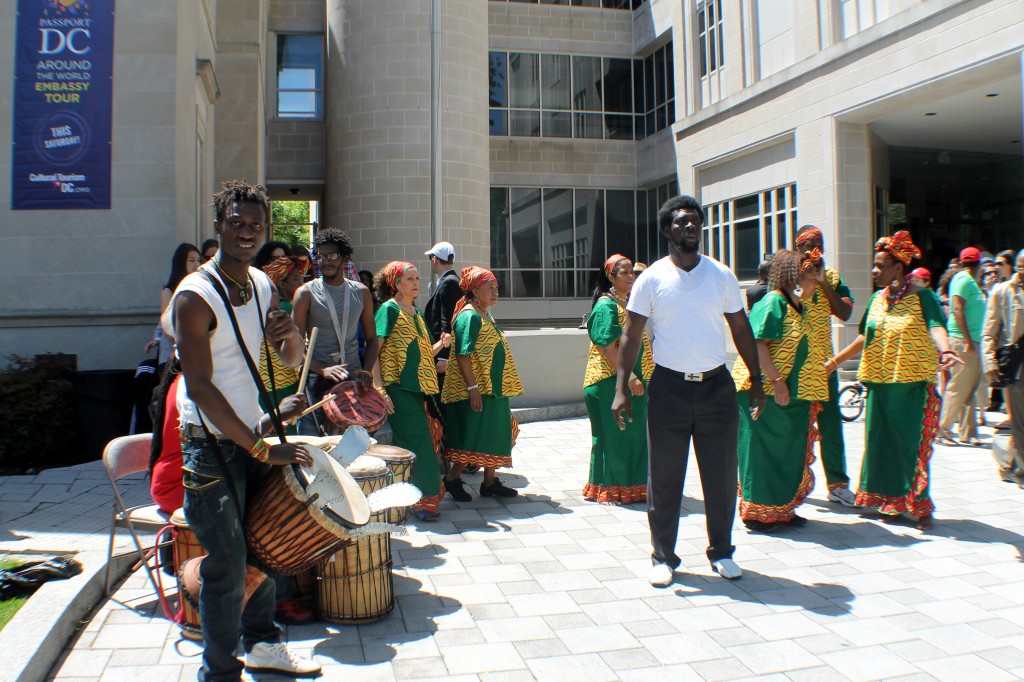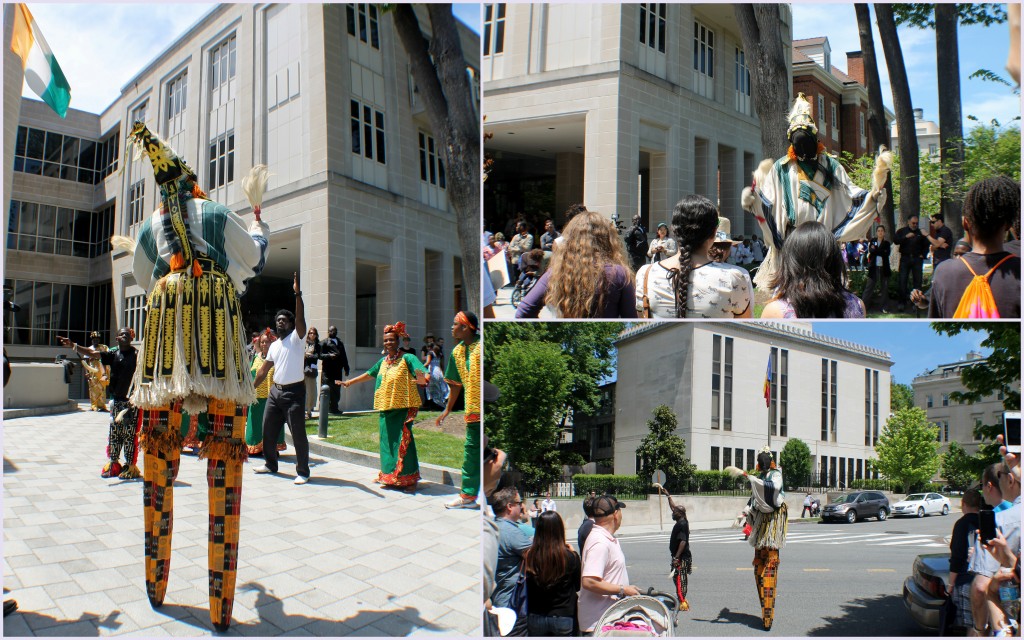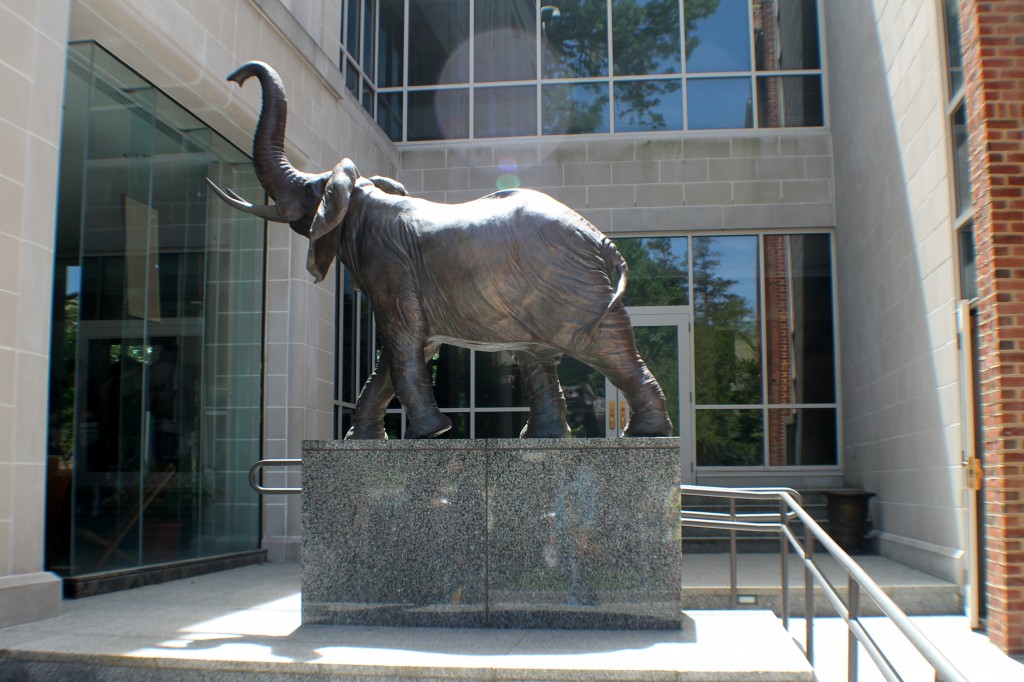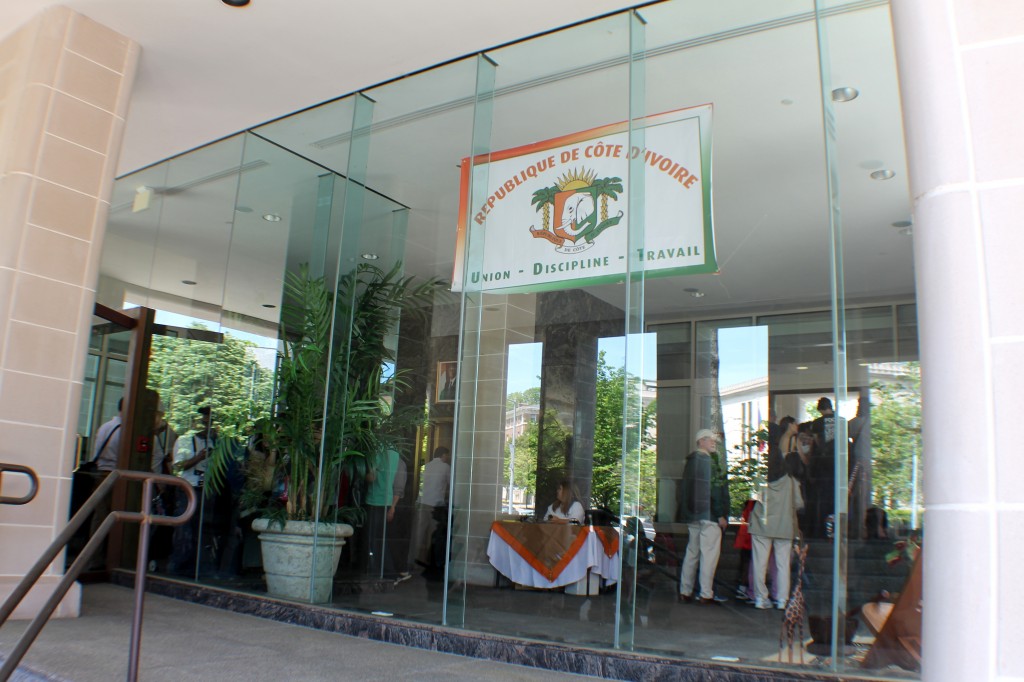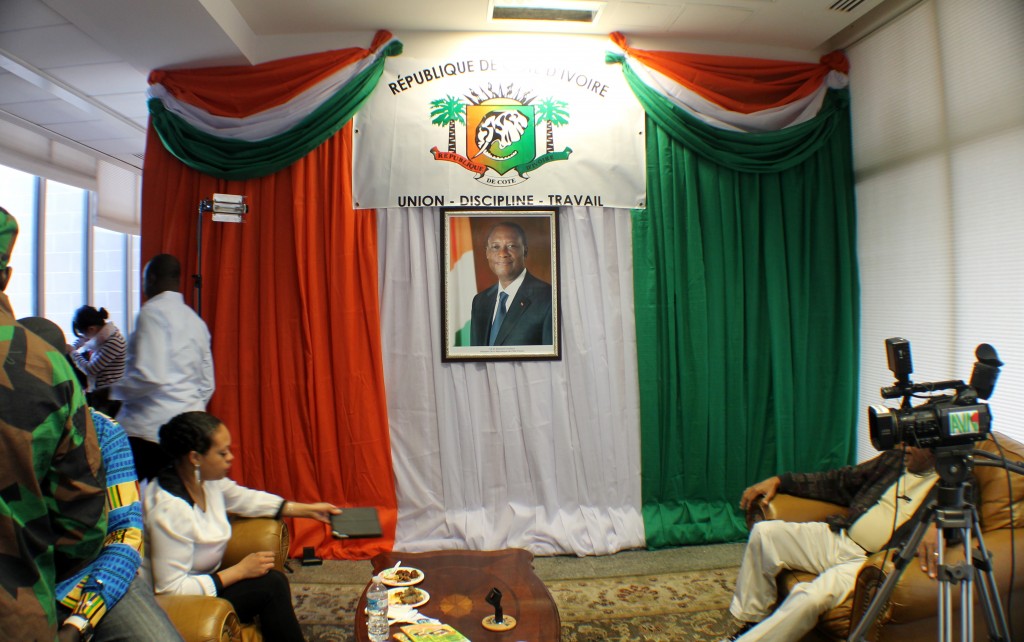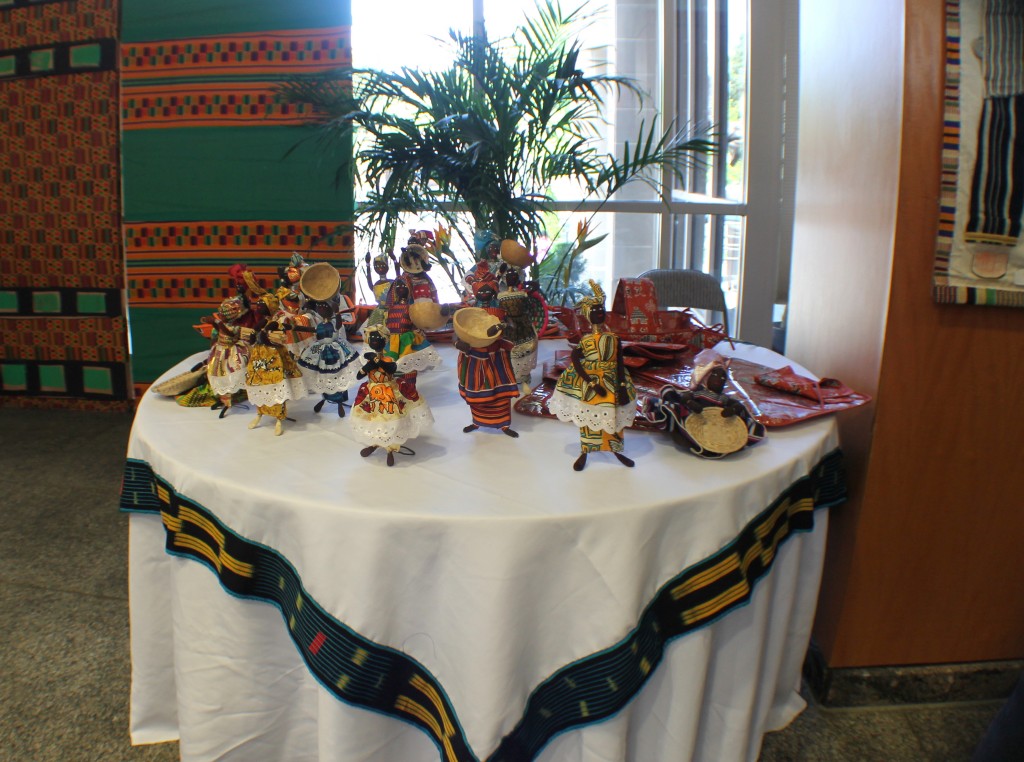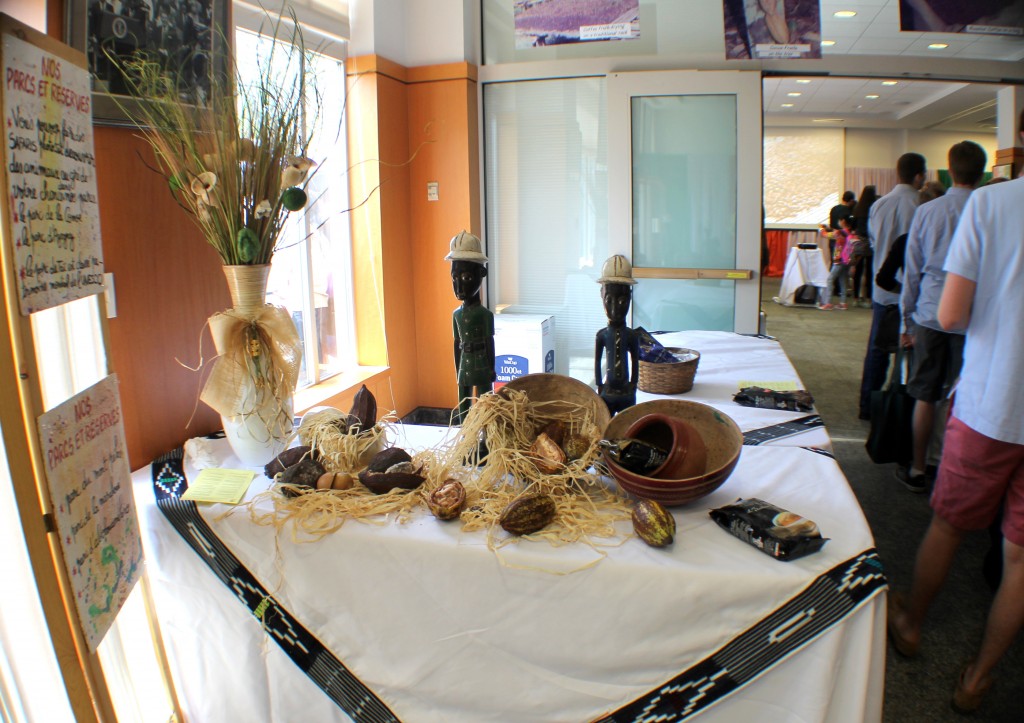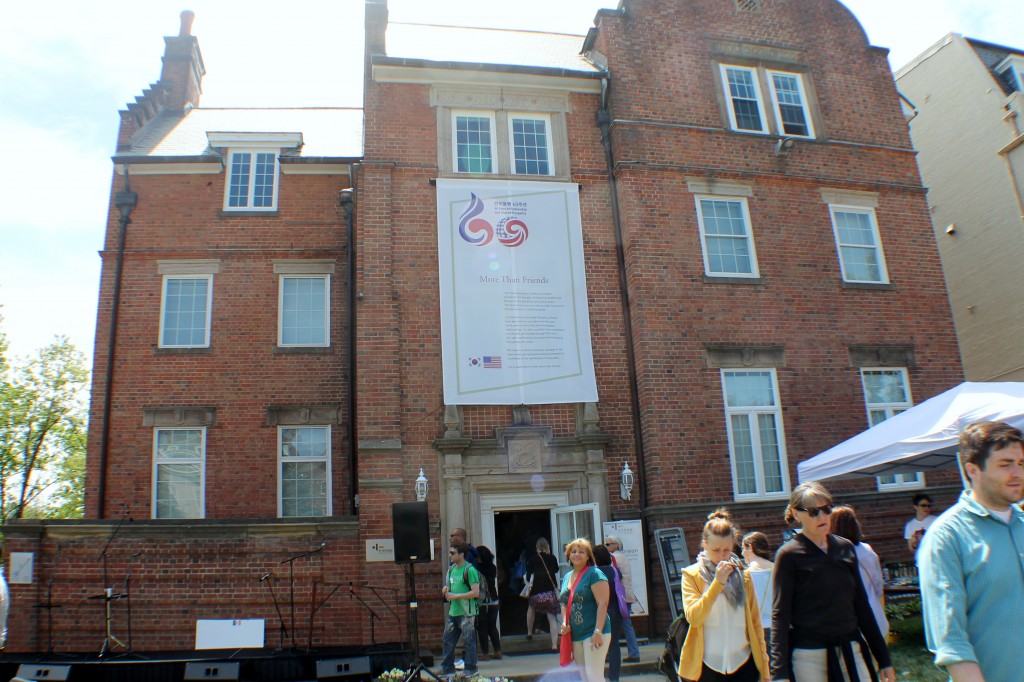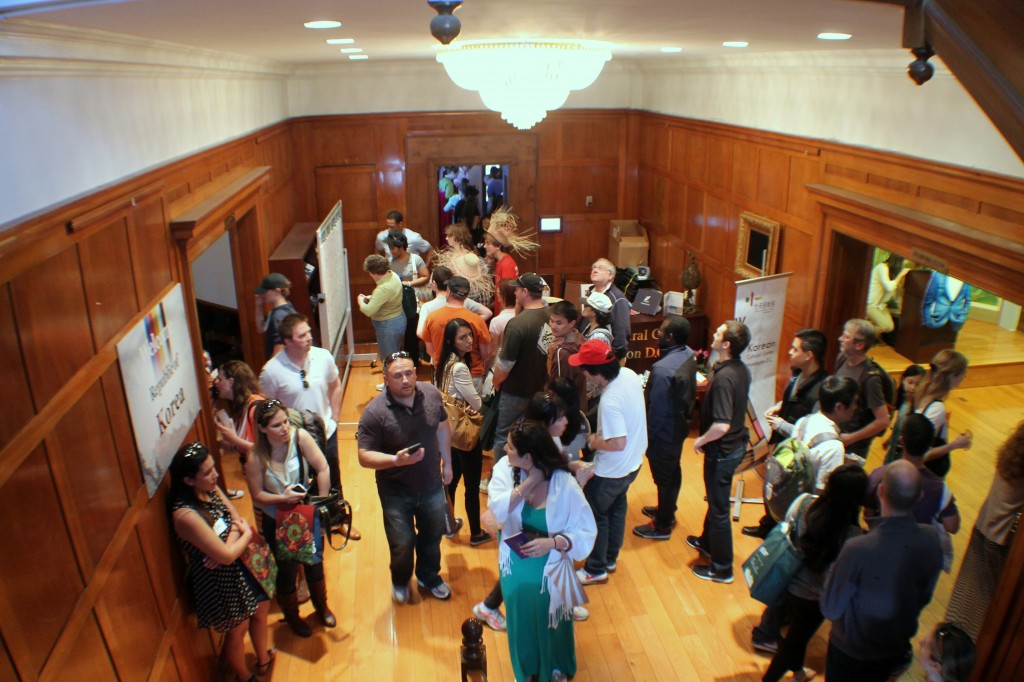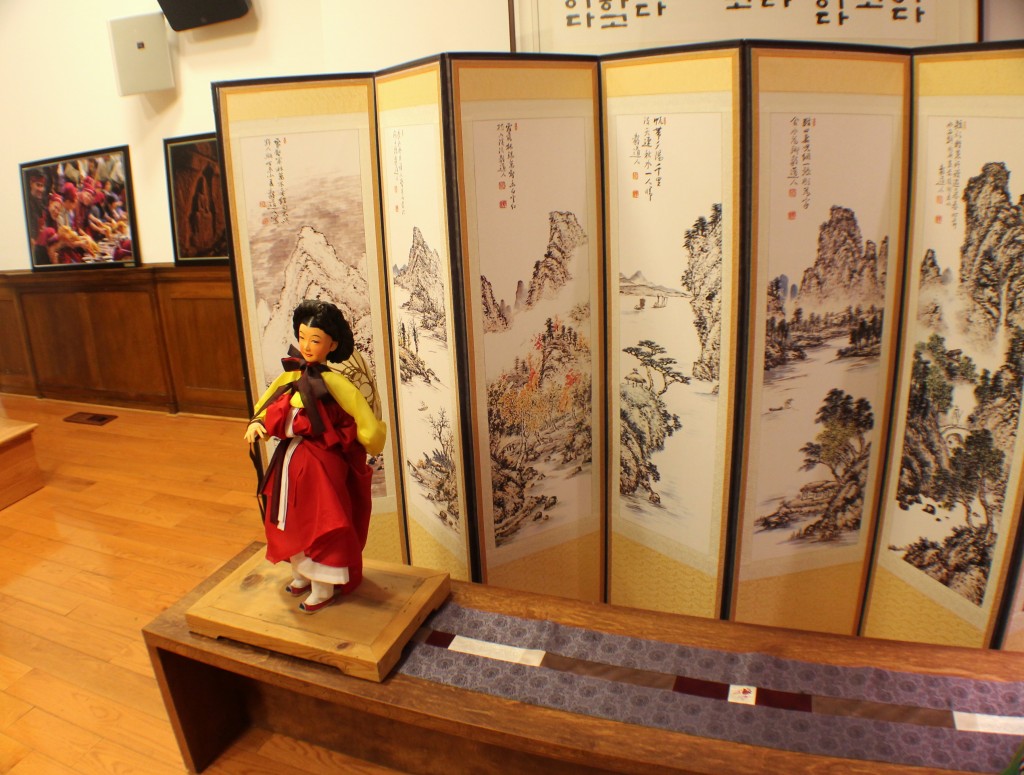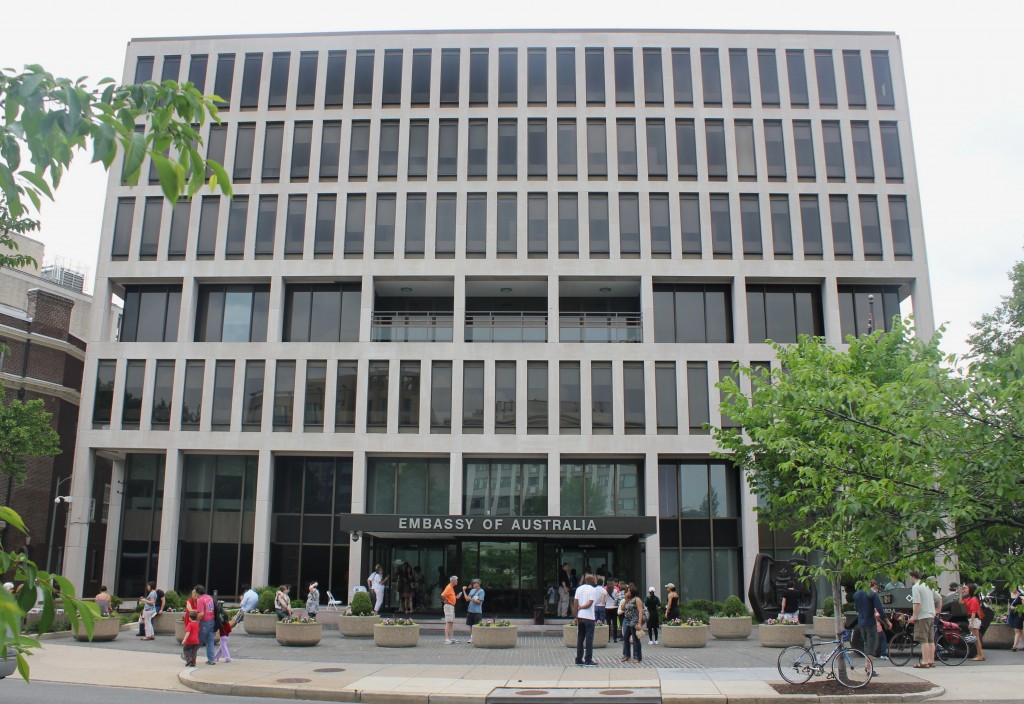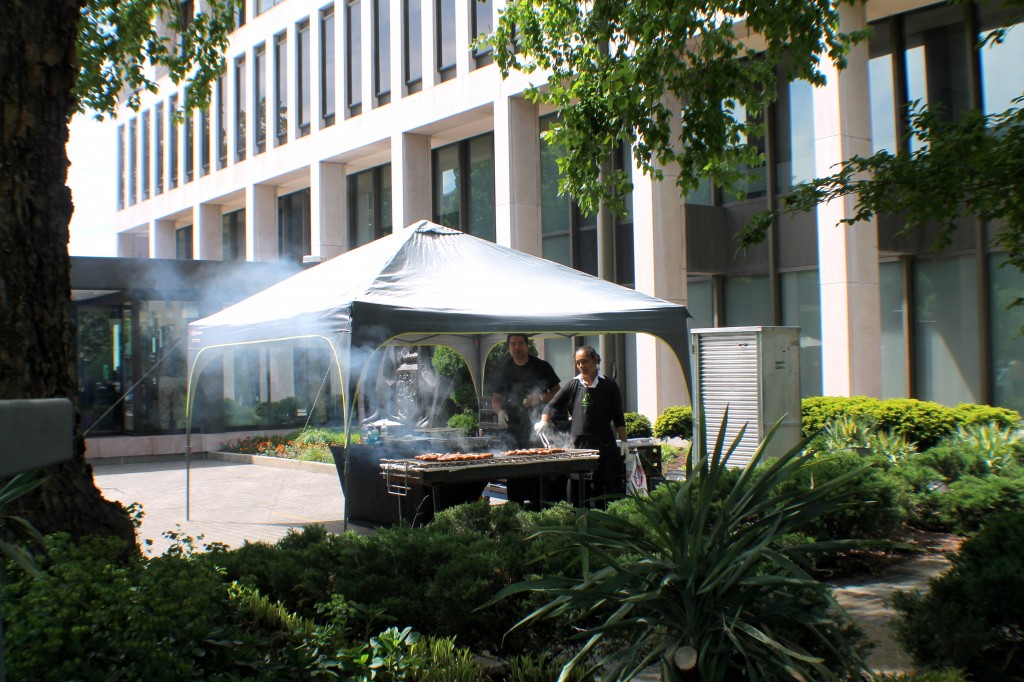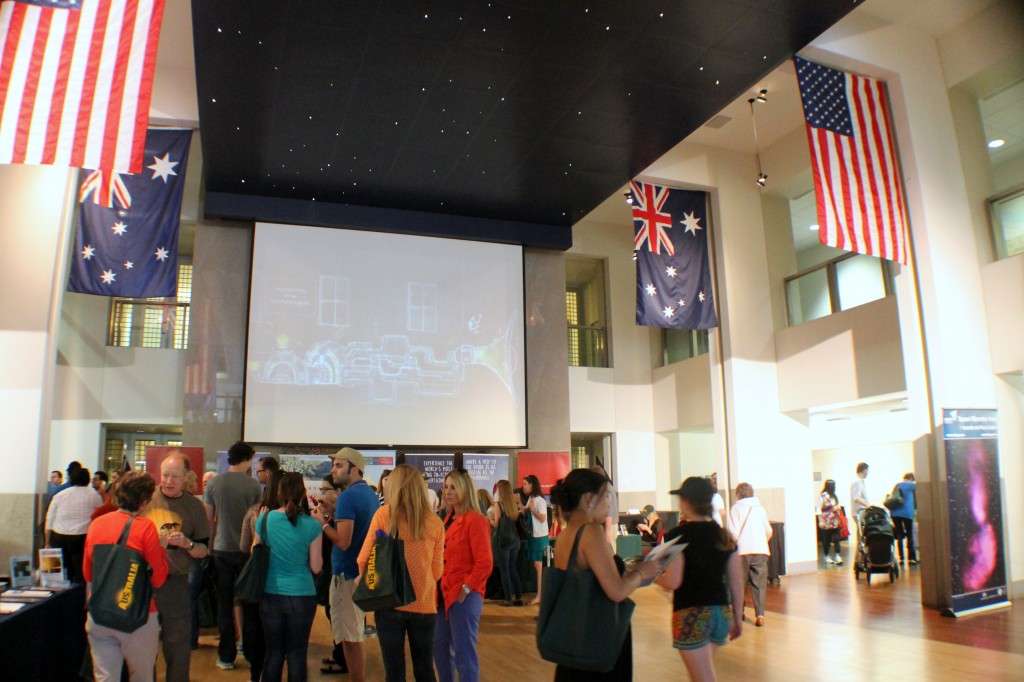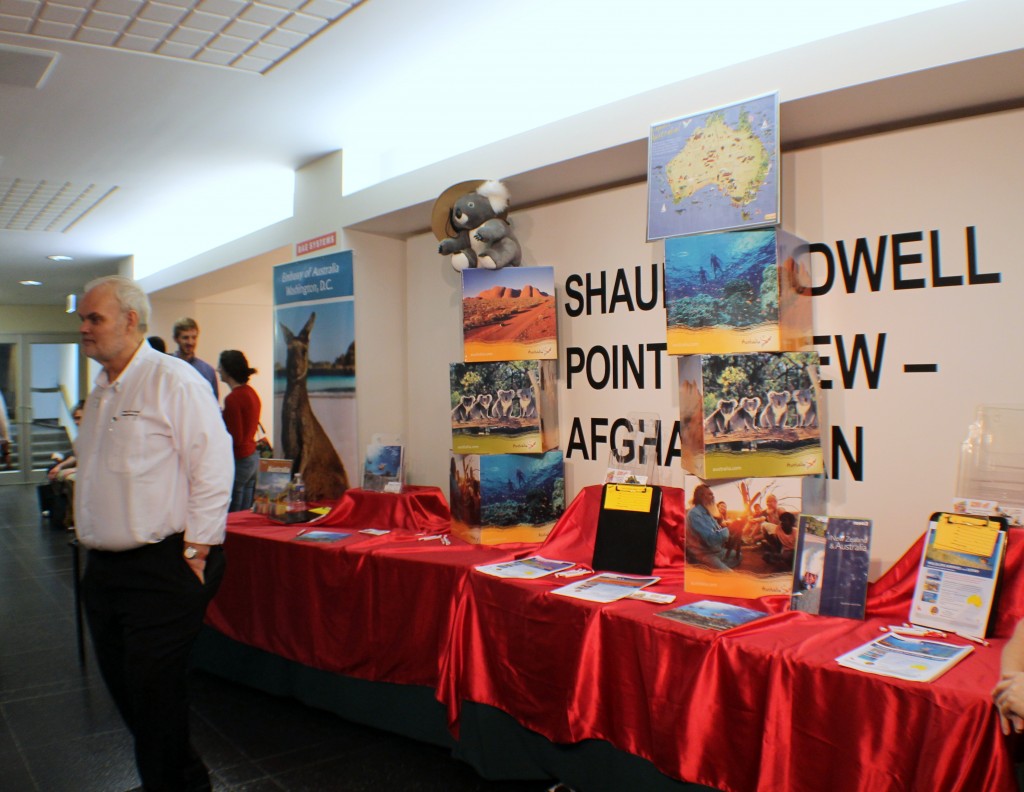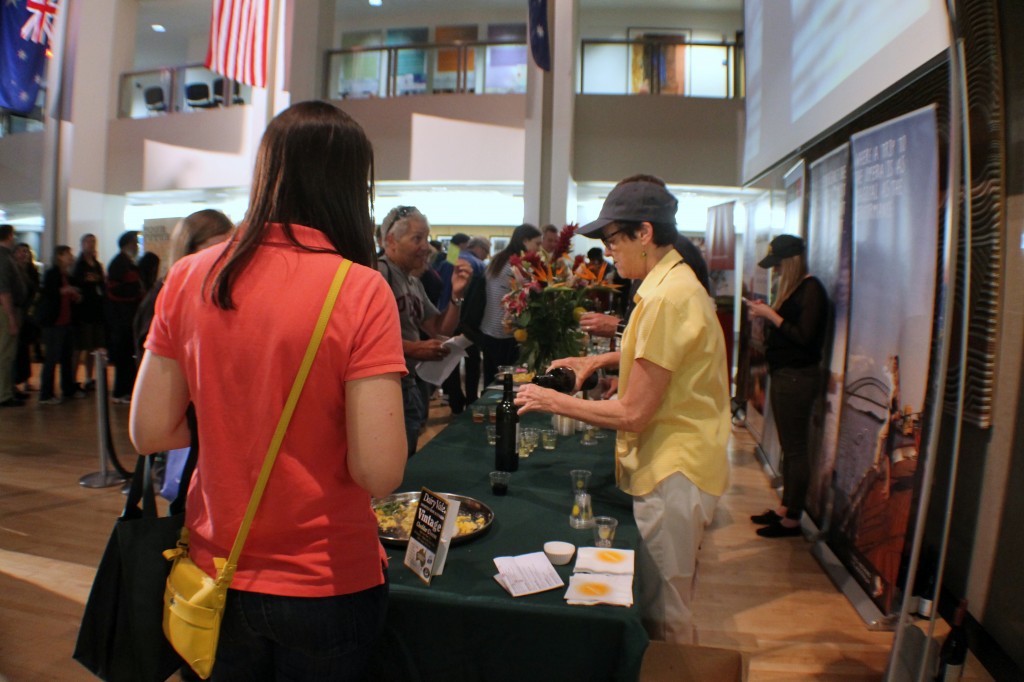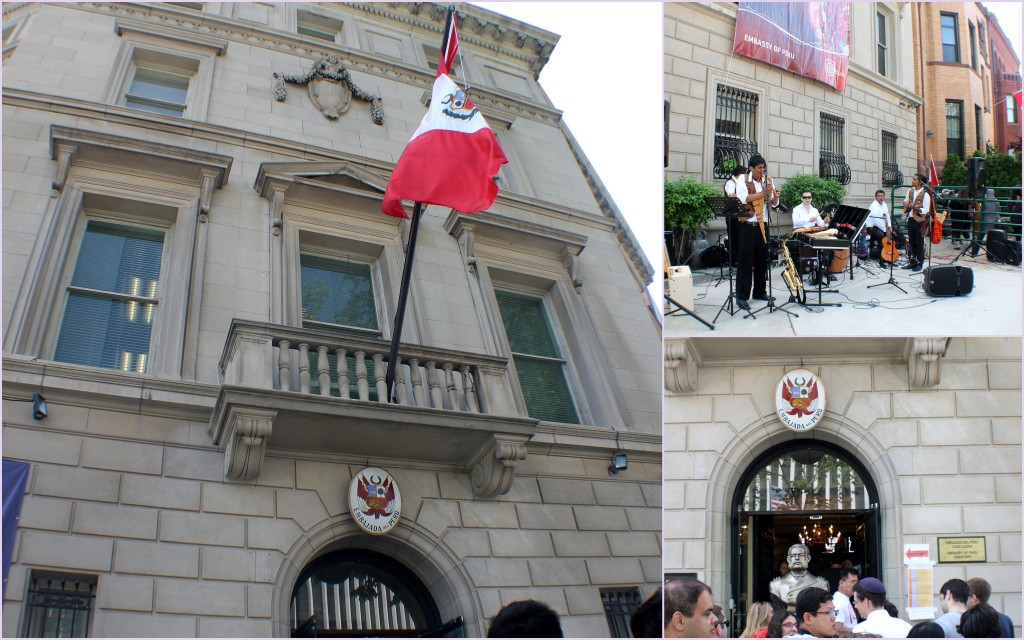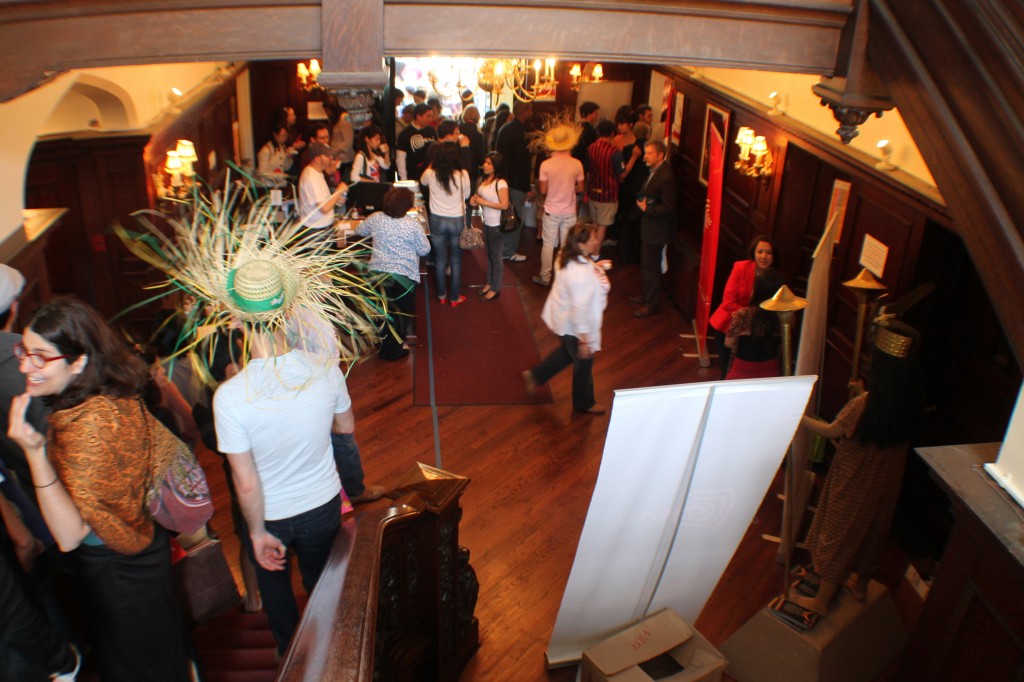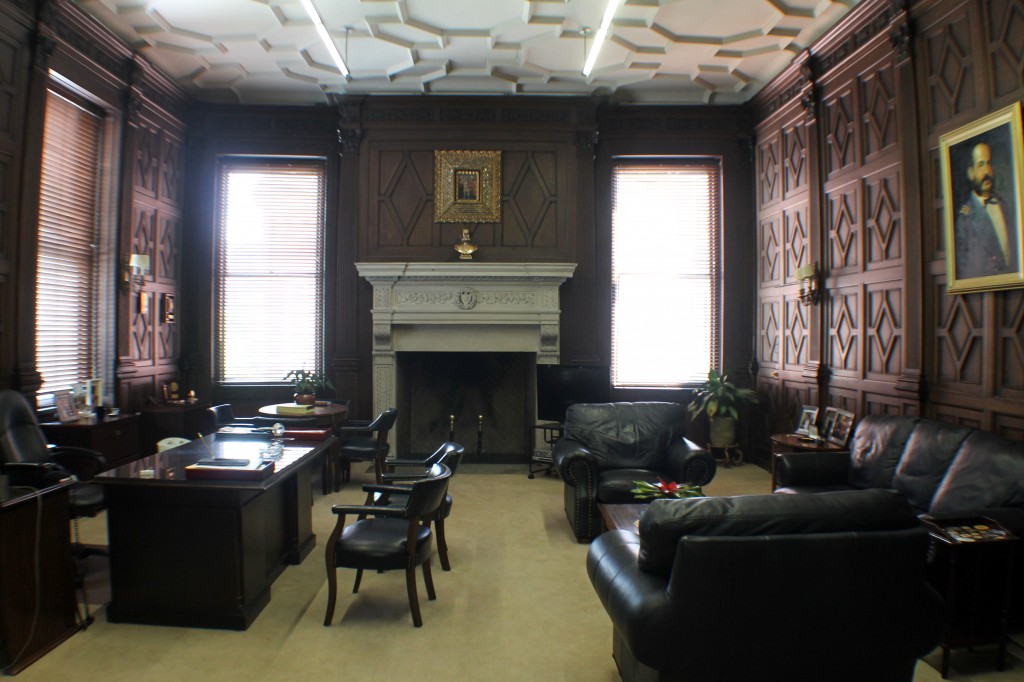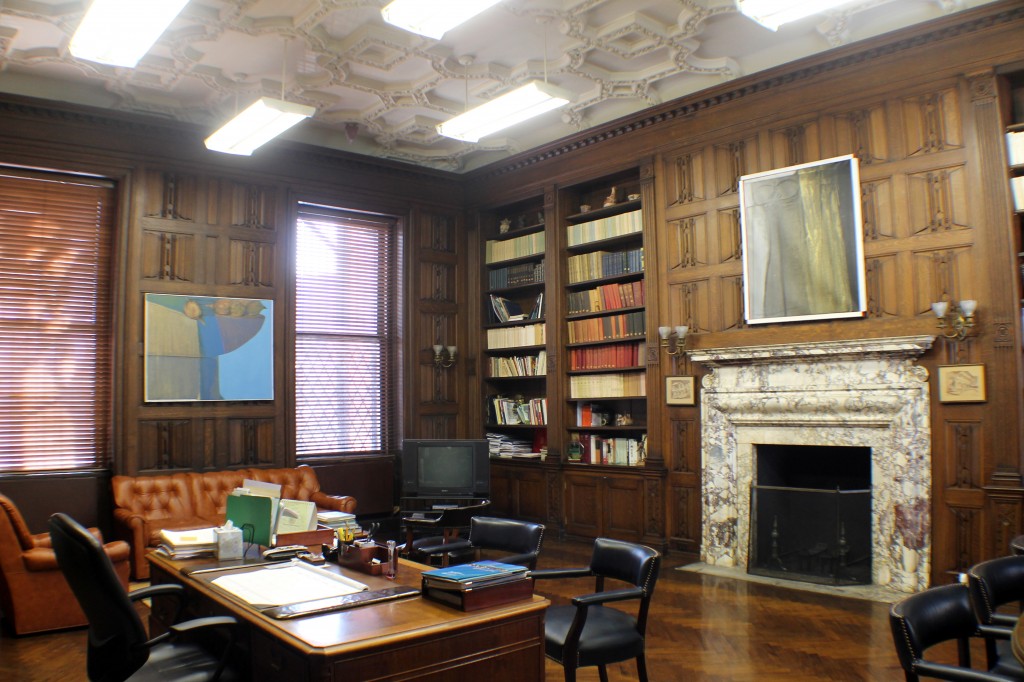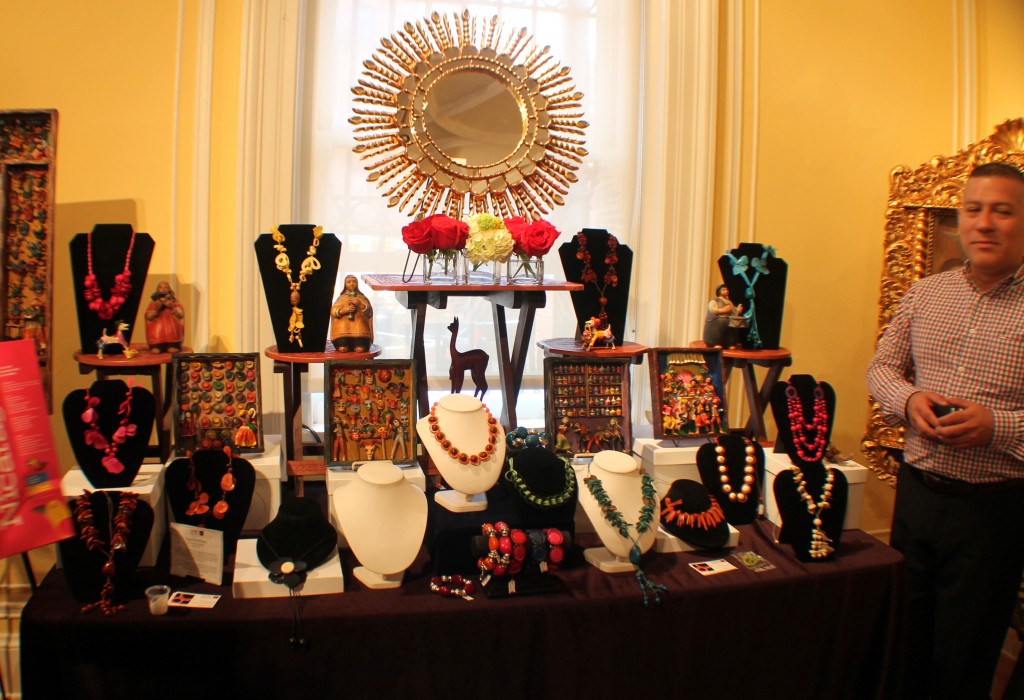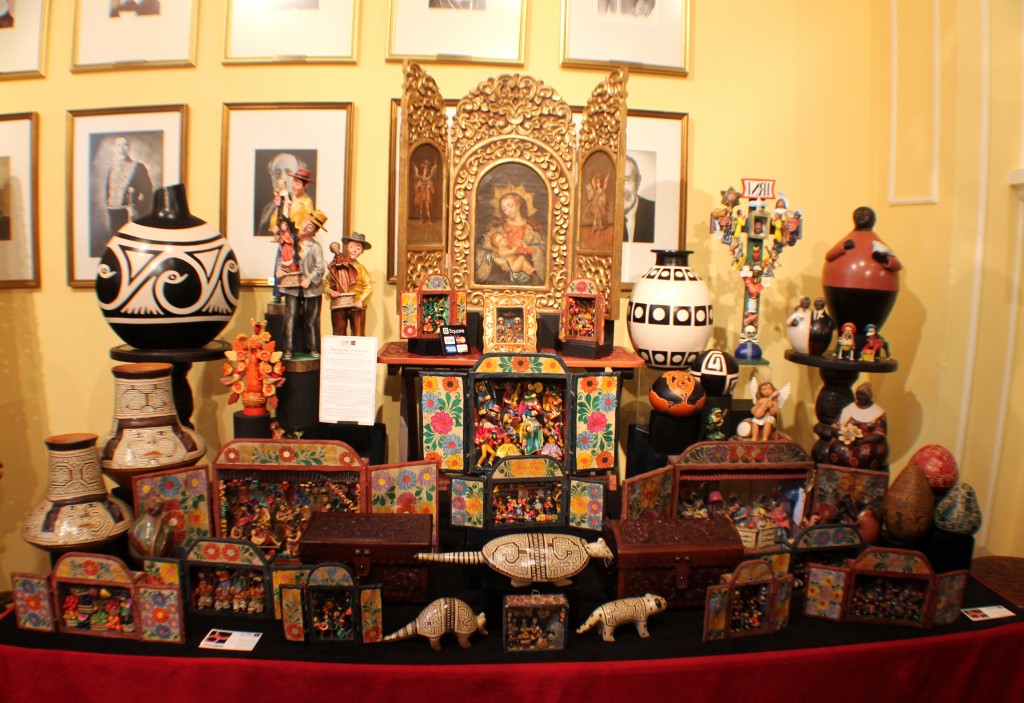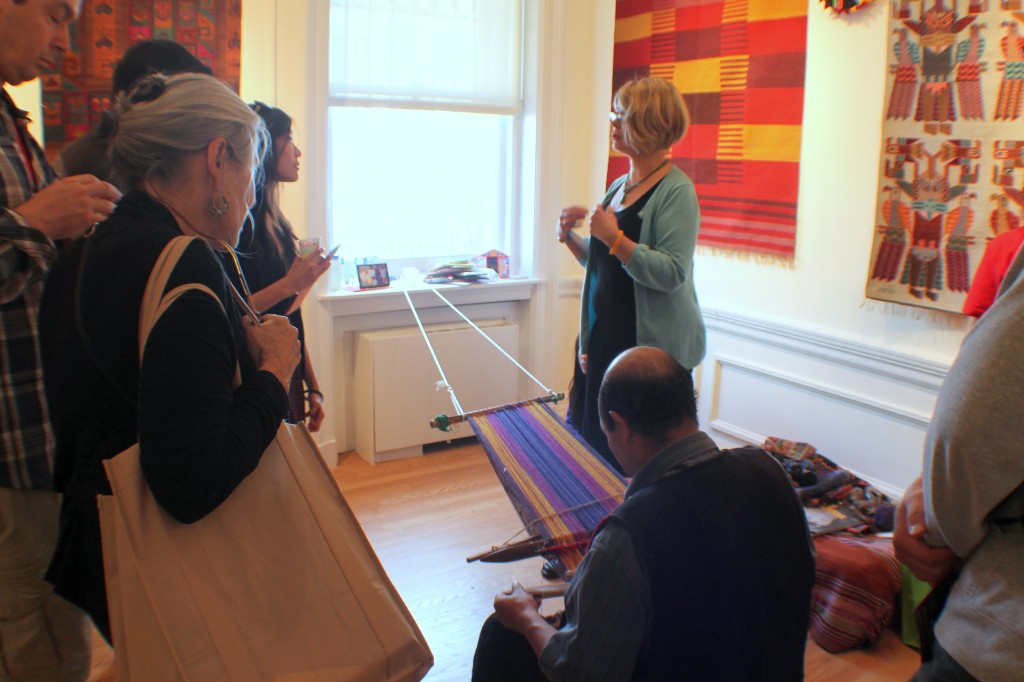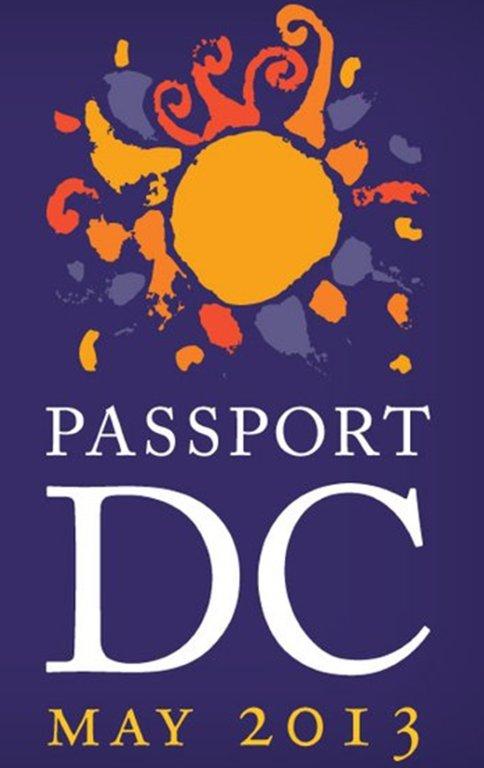 Every year, Cultural Tourism DC presents Passport DC, a month-long celebration of international culture that lets us explore the world without ever leaving the city. Nearly every day throughout May there are programs: music and dance performances, art exhibits, workshops, embassy events, street festivals, food tastings, and more that bring global adventures to DC.
Every year, Cultural Tourism DC presents Passport DC, a month-long celebration of international culture that lets us explore the world without ever leaving the city. Nearly every day throughout May there are programs: music and dance performances, art exhibits, workshops, embassy events, street festivals, food tastings, and more that bring global adventures to DC.
As our nation’s capitol, DC is home to over 70 foreign diplomats, embassies and consulates. Passport DC offers 3 different signature events each Saturday starting May 4th.
Last weekend Dave and I attended the first signature event – Around the World Embassy Tour showcased 44 embassies from Africa, Asia, Oceania, the Middle East, and the Americas. We took the metro to Dupont Circle station and started out tour with the Embassy of Indonesia. Altogether, we visited 7 embassies in 4 hours: Indonesia, Haiti, Japan, Cote d’Ivoire, Korea, Australia and Peru.
Embassy of the Republic of Indonesia occupies the former Walsh mansion, located at 2020 Massachusetts Avenue along Washington, D.C.’s “Embassy Row”. The mansion that houses the Embassy of Indonesia has an amazing history. Thomas F. Walsh, the mansion’s first owner, made a fortune in Colorado ‘s gold mining industry as the sole owner and developer of the Camp Bird mine at Ouray, Colorado. At the time, it was one of the richest gold mines in the world.
Of course, we had to stand in line. Some Indonesian food was offered right there.
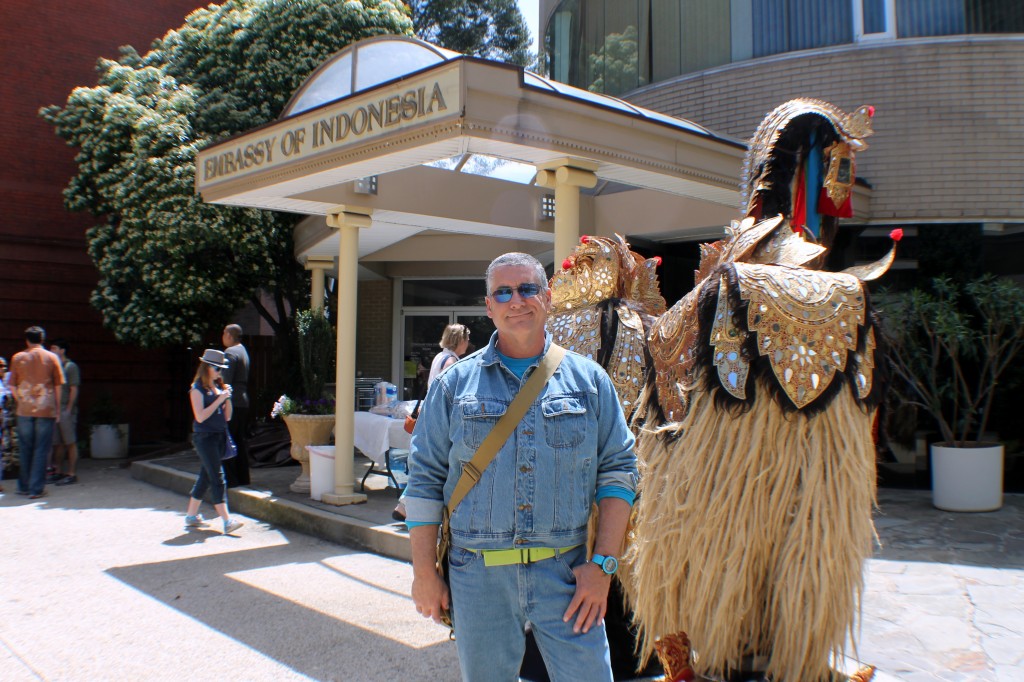
The Embassy is gorgeous, full of fancy organs, Singaporean tchotchkes, art, batik and rattan furniture.
Mrs. Walsh’s daughter Evalyn Walsh McLean is also distinguished as the last private owner of the fabulous 44 ½ carat Hope Diamond – the sale of which was negotiated at the Walsh Mansion by Pierre Cartier, the famous jeweler. Now in the Smithsonian Museum of Natural History, the Hope Diamond is a blue-colored Indian diamond which, according to the Encyclopedia Britannica, is probably a portion of a stone once stolen from the French Crown Jewels.
Between 1890 and 1930, American high society was greatly influenced by the École des Beaux Arts in Paris. The architecture of the Walsh mansion reveals both this period’s character and the personality of the owner. Below is a photo of one of the beautiful ceilings in the mansion.
Interesting instruments produced interesting unusual sounds.
It is possible to visit the Embassy at different times. The Embassy of Indonesia welcomes groups of guests and tourists into its building for a 15 minutes tour of the famous Walsh Mansion that is, since 1951, The Embassy of the Republic of Indonesia in USA.
Embassy of the Republic of Haiti showcased Haitian music, food and culture during Passport DC. As features of Haiti, this embassy was displaying traditional Vodou Tapestries. We tried fair-trade Haitian coffee, world-famous Rum Punch and flaky chicken pastries. Live Rara band was playing festive rara music, often used for street processing during Easter Week.
Embassy of Japan invited the visitors to a special viewing of The Old Ambassador’s Residence. Designed by the architectural firm Delano and Aldrich in the Neo-Georgian style, the former residence is designated as a National Historical Landmark. In celebration of the Around the World Embassy Tour, the Old Ambassador’s Residence was filled with traditional culture and modern technology displays. Plus, guests had the opportunity to meet Ambassador Fujisaki from 12-2pm and obtain a souvenir photo with him.
While we were standing in line to the Embassy, a performance of Martial arts started right on the grass in front of the Embassy.
There were traditional dolls, clothing and models of Japanese cuisine, including sushi, bento and soba noodles. There was origami, kimonos and a samurai warrior.
Perhaps most impressive were the science, technology and business innovations coming out of Japan. There were representatives from Canon, high-speed rail, a five-star airline, a human-like robot and Telenoid, an interactive robot that looks like Casper the ghost to me.
The robot below doesn’t only look human-like, it does some basic movements, such as turning its head a little and blinking often like us, humans, would do. 🙂 It is pretty impressive!
One of the guests interacts with Telenoid.
And, of course, there was the much-anticipated food. We sampled teriyaki chicken, edamame and iced green tea.
Embassy of the Republic of Cote d’Ivoire showcased dance, exhibit, music, food and a presentation. We stopped to enjoy a cute performance next to the embassy.
There is an elephant statue next to the entrance.
The visitors could take a picture right there.
Many traditional artifacts from the African nation were on display inside the embassy.
Embassy of the Republic of Korea: Koruc House is dedicated to promoting Korean culture in the United States and strengthening Korea-US ties through a variety of exhibitions, presentations, educational programs, partnerships, and support for local events in the Capital area. The embassy entertained the crowd with a DJ, who frequently played Psy.
And of course, everyone could take a picture with Psy. 🙂
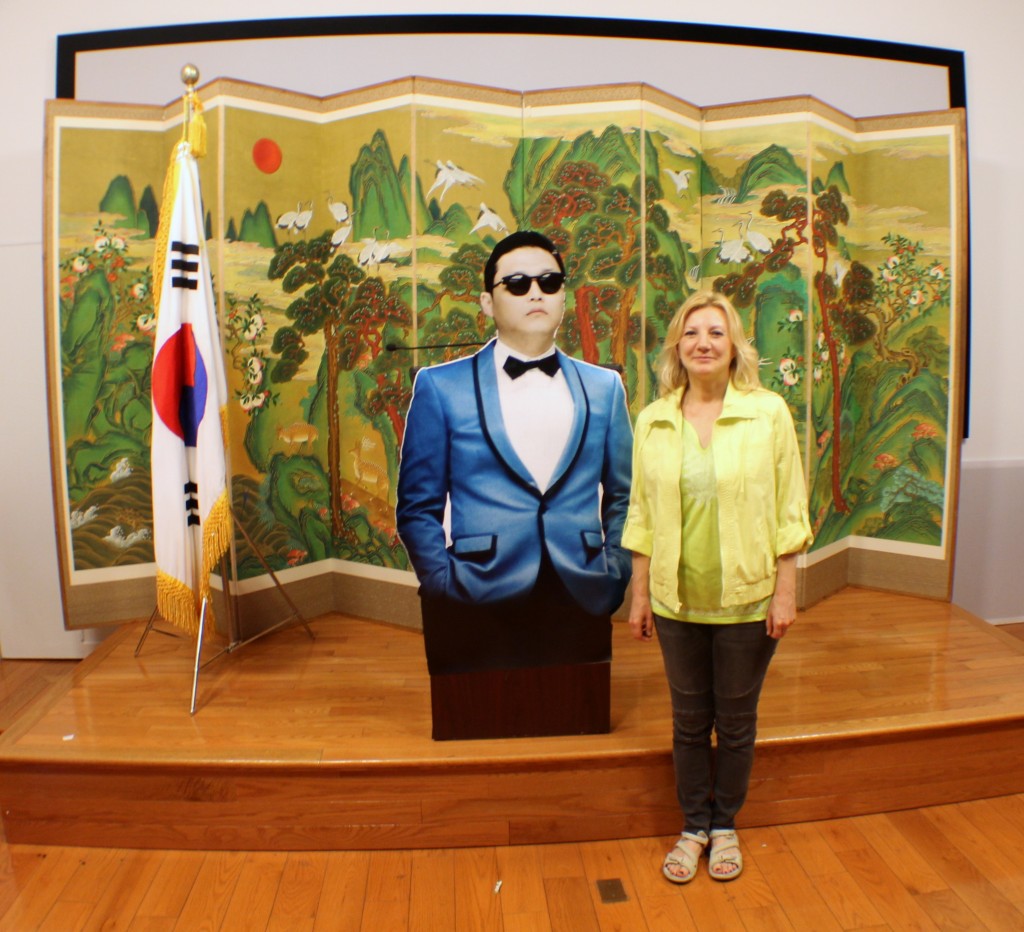
Embassy of Australia showcased the sights and sounds of the island continent.
These were the longest lines to the Embassy of Australia, but they moved fairly quickly. Volunteers gave everyone in line a bag to put their personal belongings in before going through the metal detectors. And they fed the visitors in line with barbequed sausage and Australian cheeses while waiting. I admit that the Australian embassy was the most organized. A+ Australia!
The samples of vegimite and other popular Aussie treats were offered. Vegemite is a dark brown Australian food paste made from brewers’ yeast extract, a by-product of beer manufacturing, various vegetables, wheat and spice additives. We didn’t try it though. They also provided everyone with a coupon for Australian wine sampling.
There was unique wildlife from the National Aquarium’s exhibit “Animal Planet Australia: Wild Extremes.” It was a huge line there, so we just skipped it.
Embassy of Peru. A new feature of the Around the World Embassy Tour this year was the celebration of the International Year of Quinoa. A tour honoring the origins of the Quinoa grain are offered by the Embassies of Argentina, Bolivia, Brazil, Chile, Ecuador, Peru and Venezuela. More than six thousand people visited the Embassy of Peru in the United States for the annual festival “Passport DC Day”, which was attended by 40 diplomatic missions accredited to the White House.
Embassy of Peru showcased live music and dances, food and dessert, cooking lessons and tastings, exhibition and sale of traditional artifacts and jewelry, soft drinks and Pisco Sour tasting and films. Pisco Sour drinks were offered for sale and as samples. According to wikipeadia, a Pisco Sour is a cocktail typical of South American cuisine. The drink’s name is a combination of the word Pisco, its base liquor, and the term sour (in reference to lime juice and sweetener components). The Peruvian Pisco Sour requires the use of Peruvian Pisco as the base liquor and the addition of Key lime (or lemon) juice, syrup, ice, egg white, and Angostura bitters.
The Ambassador’s office.
Peruvian artifacts were on display and for sale there.
Traditional Peruvian Workshop.
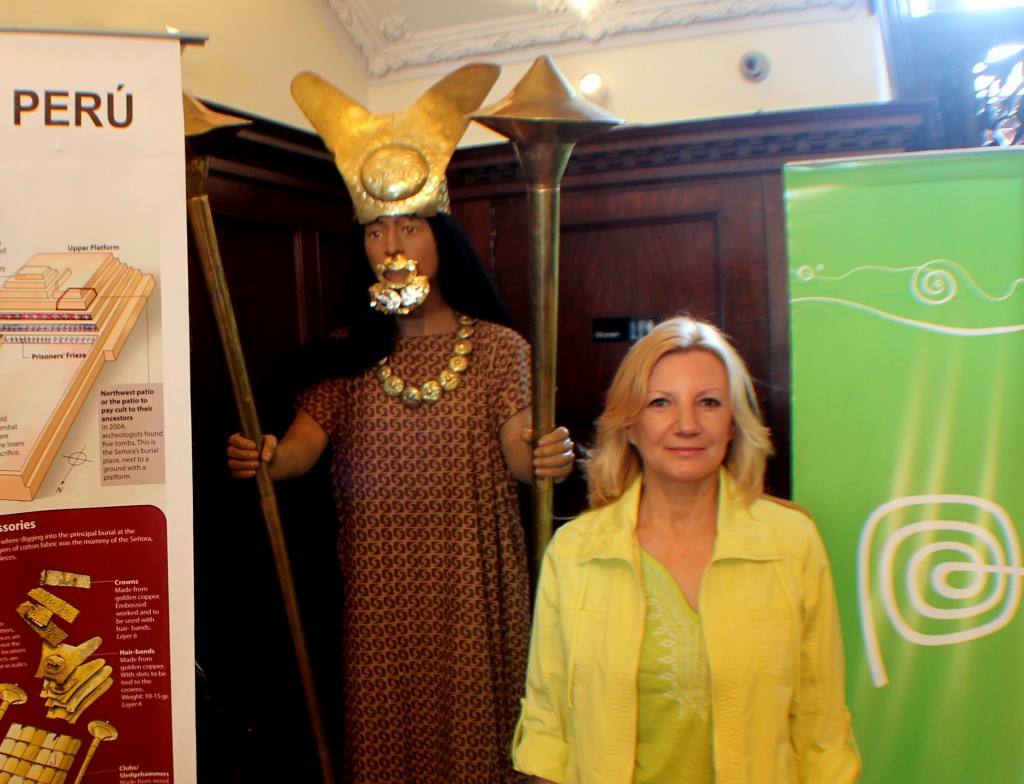
There is a short video from youtube: Participation of Embassy of Peru in Passport DC Day 2013 :
The second signature event of Passport DC is Shortcut to Europe: European Union Embassies’ Open House scheduled on May 11, 2013.
